Maths through Art
The current climate for art education is often disheartening, with art departments under increasing pressure, teachers everywhere fighting for their subject to be valued and for people to understand the importance of art education in a fraught battle ground dominated by the STEM subjects (Science Technology Engineering and Maths). Those who advocate STEAM – add the A for Arts, acknowledging the importance of creativity in any process.
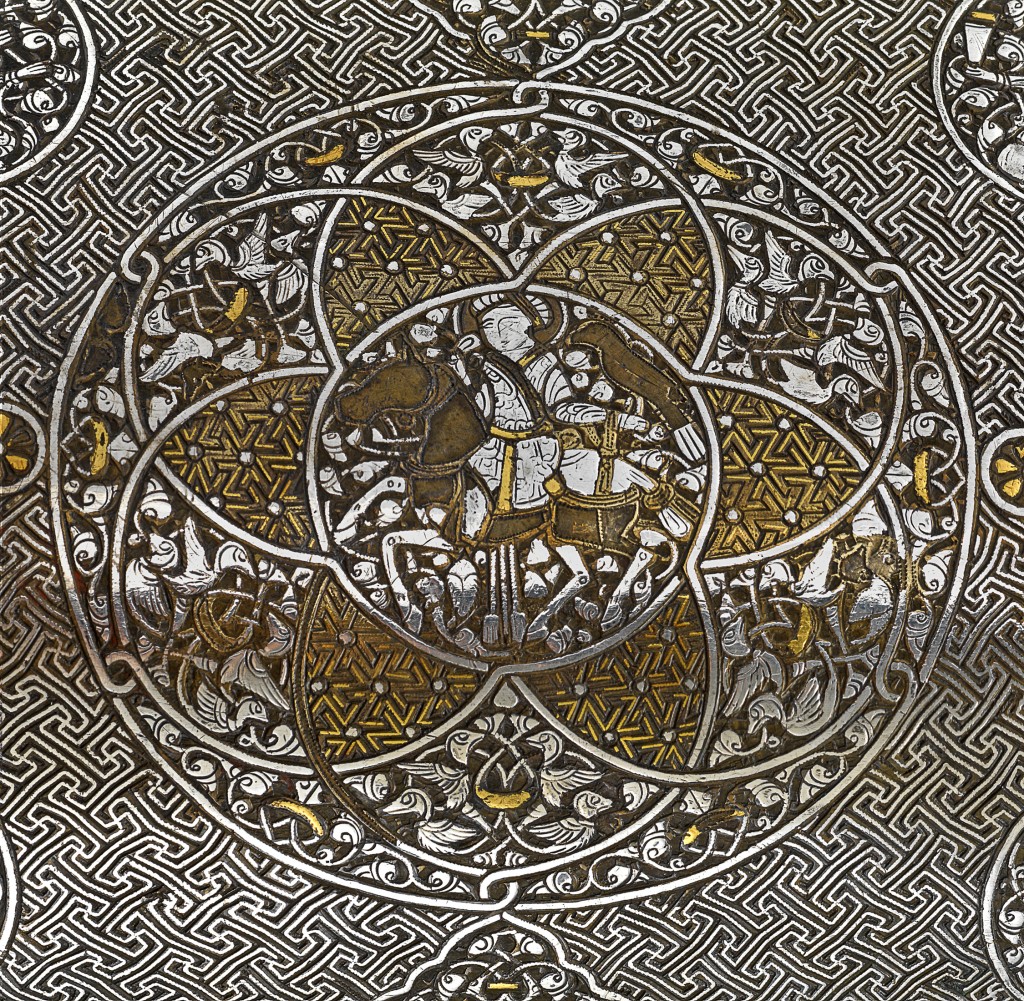
Detail – Metalwork bag, Mosul, Iraq, Early 14th century,
Brass with gold and silver inlay, 13.5x 19.2x 15.2x 22cm
I have been involved in a project with the Courtauld Gallery (where I work as a freelance tutor) looking at the links between Art and Maths, stemming from the idea that any subject can be taught effectively THROUGH Art and in this case also touching on History, Geography, Science and Technology. We began by examining the Islamic Metalwork and Italian Maiolica pottery in the Courtauld’s varied and beautiful collection, best known for its French Impressionist work.
The project for primary schools examines these crafts, highlighting the importance of design, creativity, trade and inspiration in the production of goods and artefacts alongside the cross cultural engagement that took place at the time of their production.
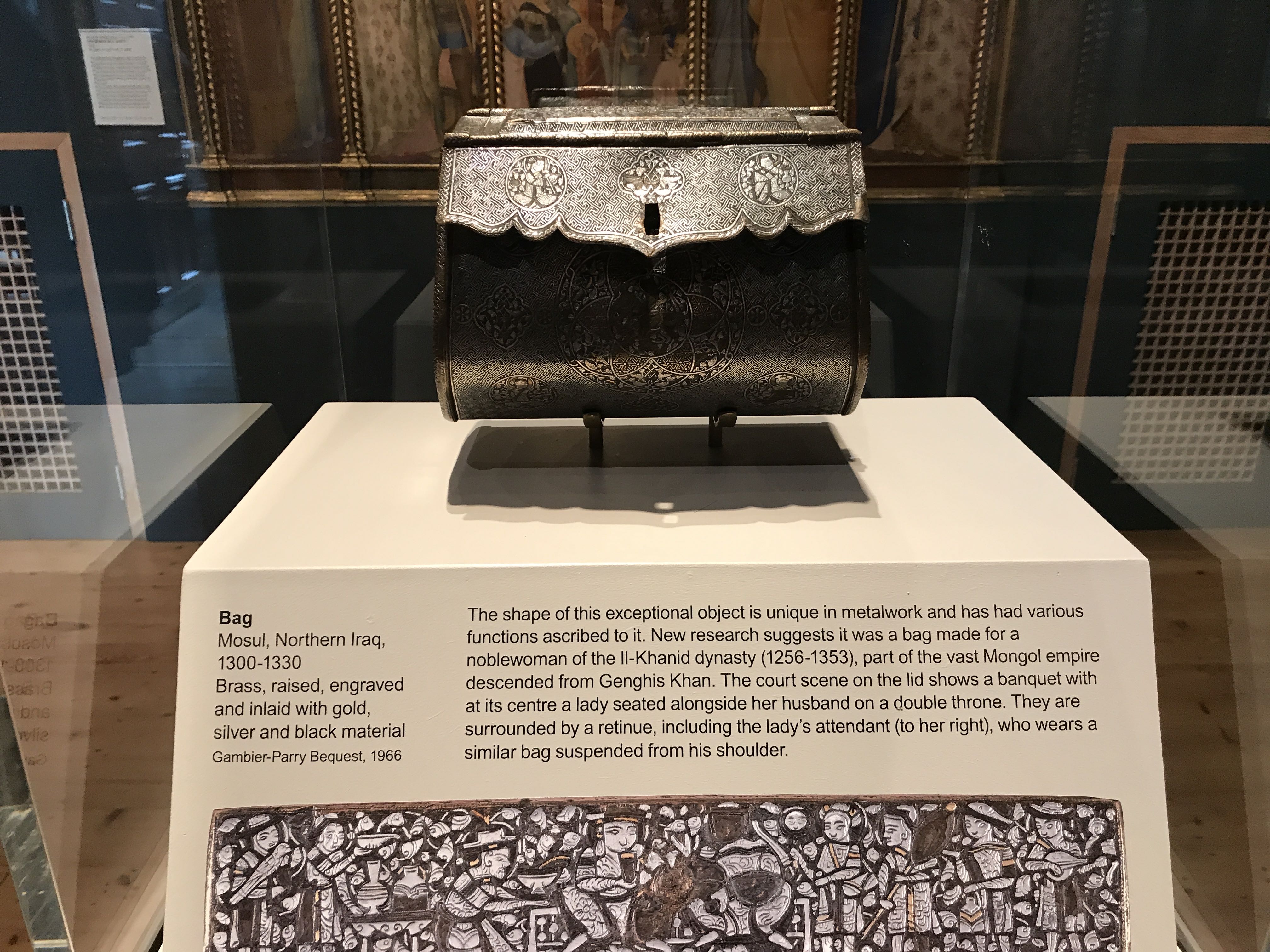
Metalwork bag, Mosul, Iraq, Early 14th century,
Brass with gold and silver inlay, 13.5x 19.2x 15.2x 22cm
We worked with primary schools across London to develop a rich teaching resource for schools and are doing extensive outreach projects in a number of schools across London.
I shared my research with Veena our artist teacher at Pelham After School Art Club who took up the challenge with amazing results.
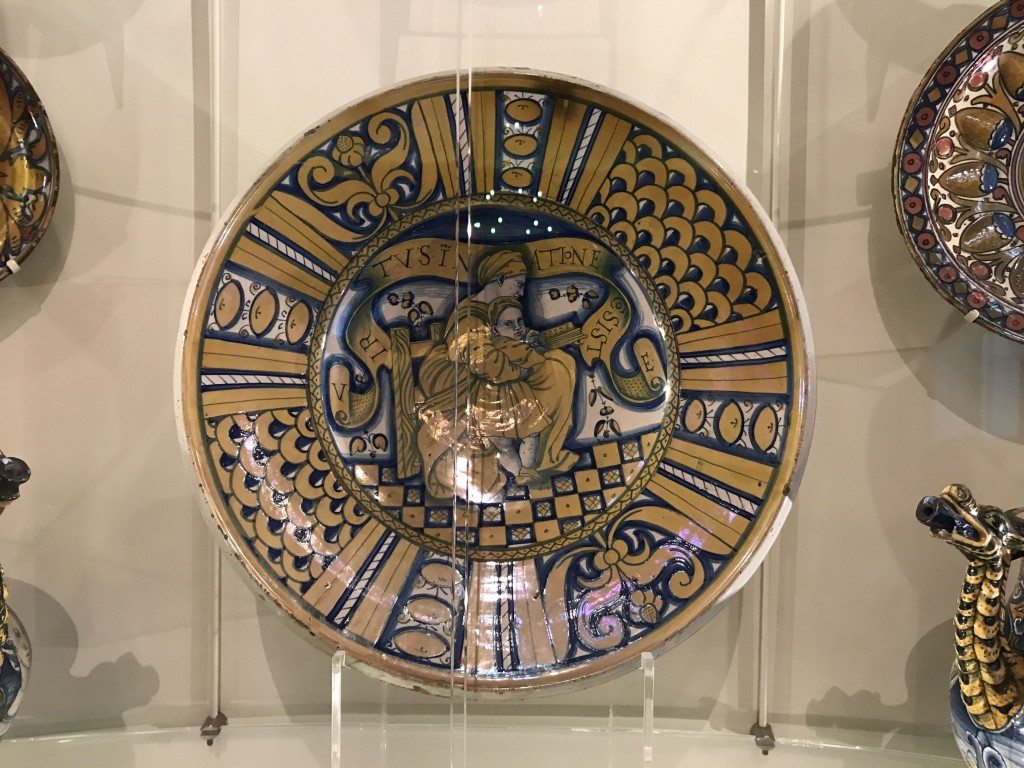
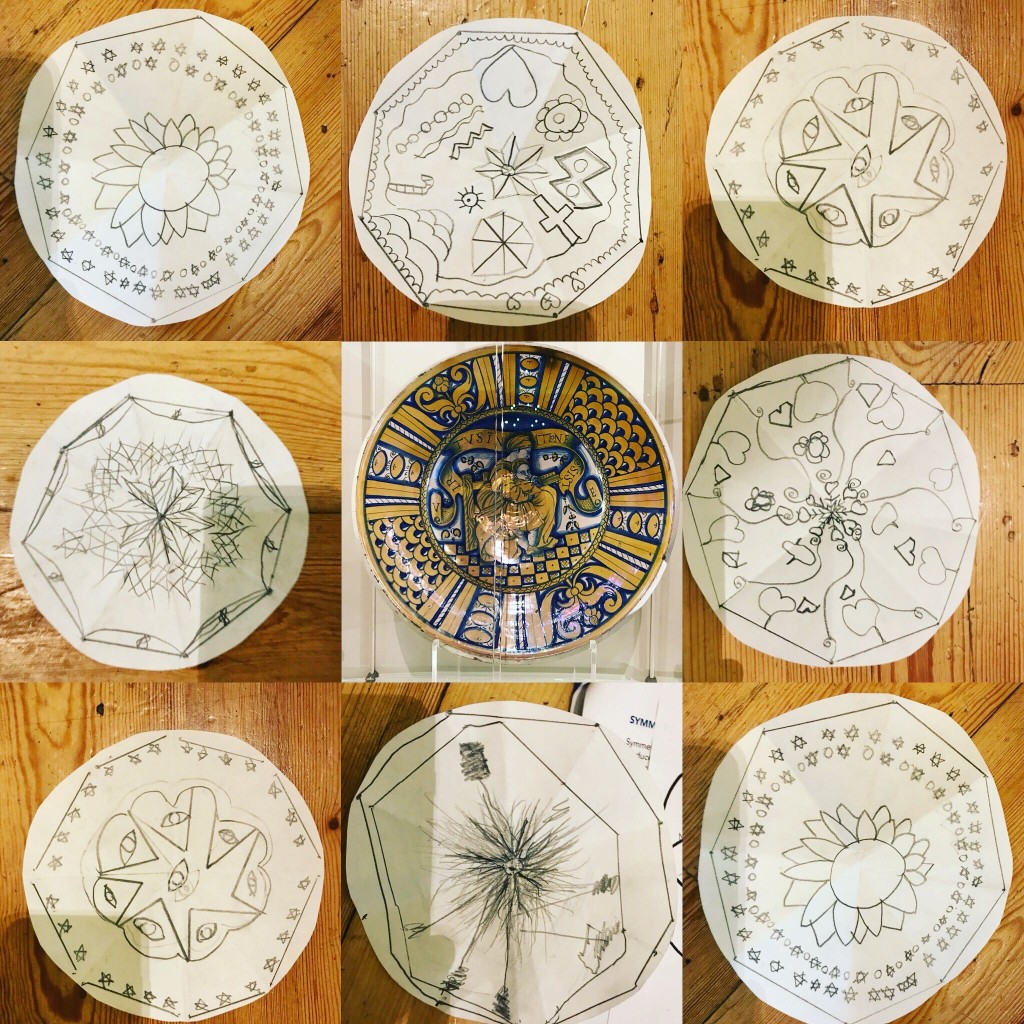 Here children learnt to divide a circle into octants and create an octagon. They were inspired by the Italian Maiolica to make a design involving rotational symmetry
Here children learnt to divide a circle into octants and create an octagon. They were inspired by the Italian Maiolica to make a design involving rotational symmetry
The Courtauld Gallery project begins with a visit to the gallery, however the restrictions of our art club did not allow us to make this special visit. We looked at images from the collection on line and Veena brought in her own artefacts for inspiration.
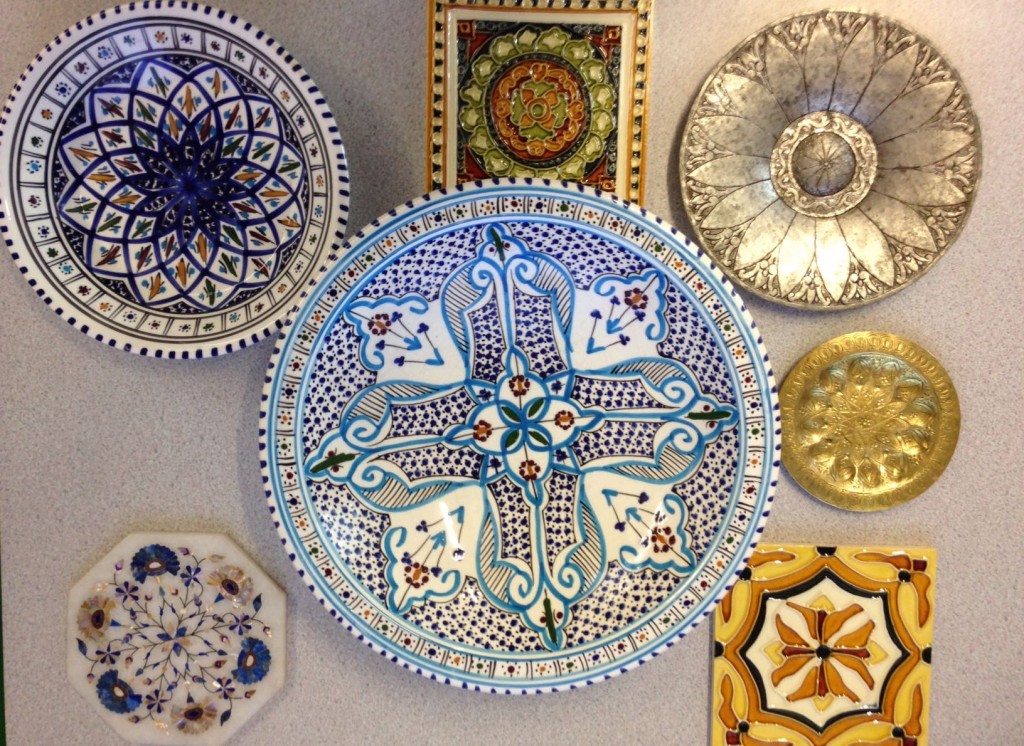
You can find examples of artefacts in museums all over the country. I found these in the Fizwilliam Museum, Cambridge.
Veena began by exploring grids to make patterns, giving the children the freedom to experiment with shapes and see what they found.
In our art club Veena works with children from year 2 up to year 5 for 2 hours each week. You can see the variety of responses.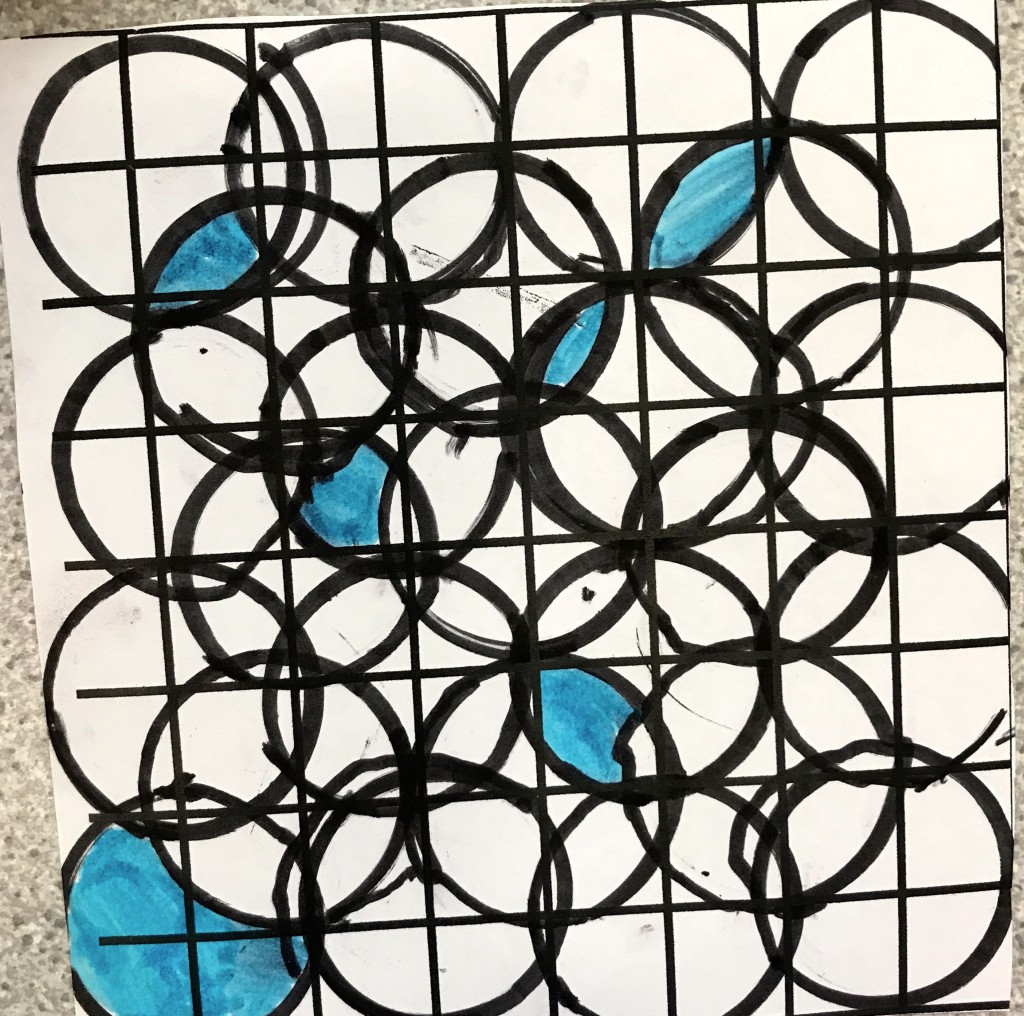
We then went on to explore pattern and shape using a paper plate and squares of gummed paper cut into various shapes. While overlaying them to see what we could produce children could clearly see the mathematical relationships between shapes.
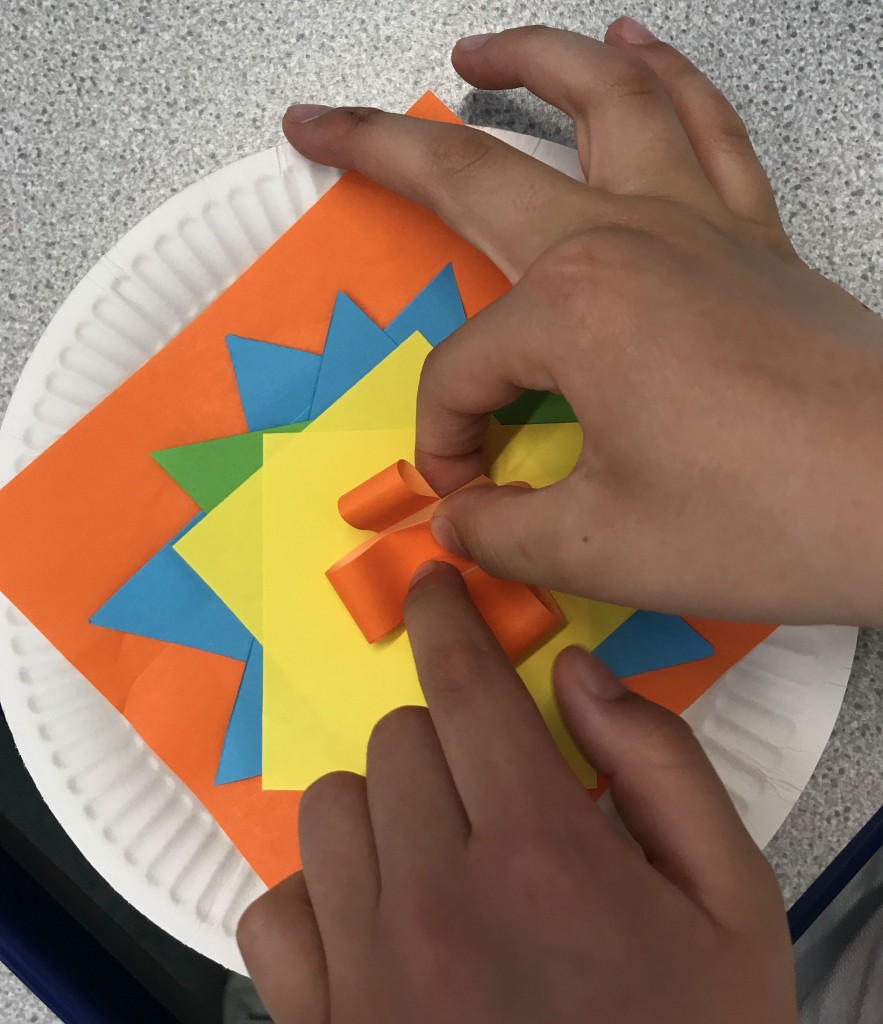
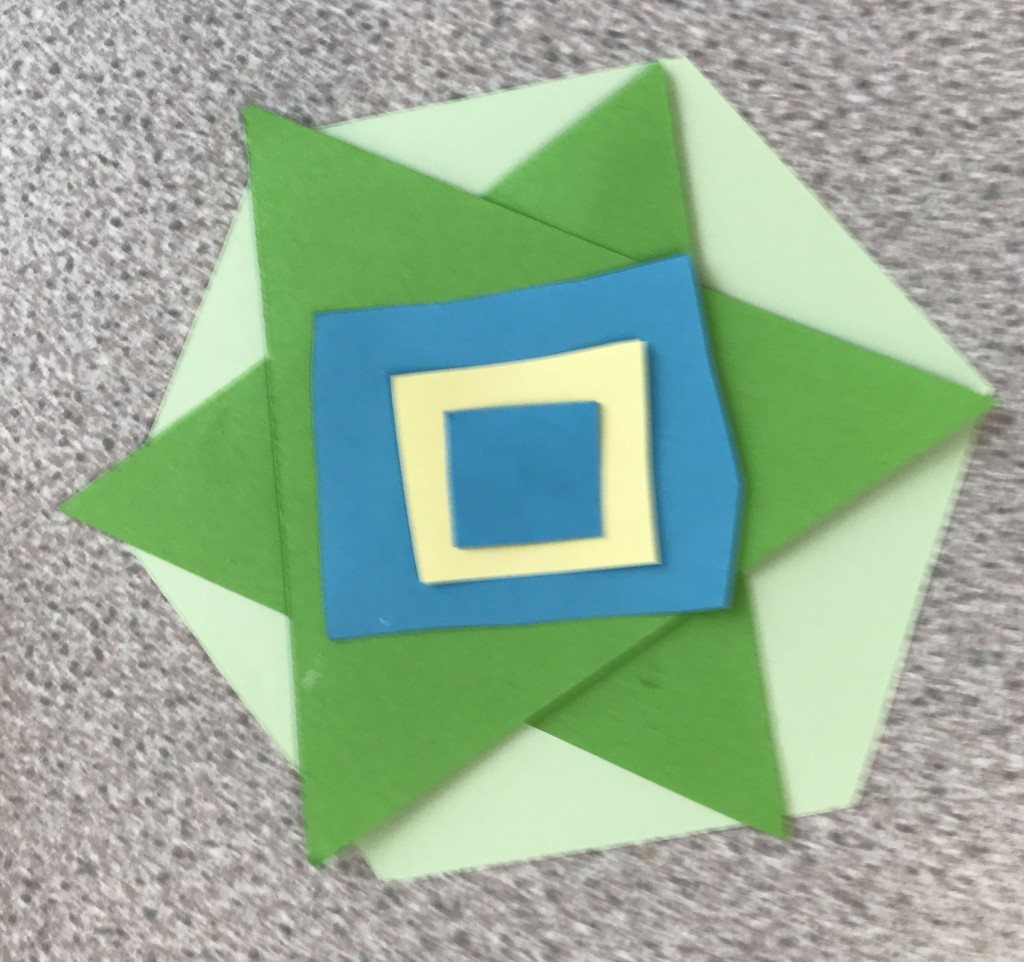
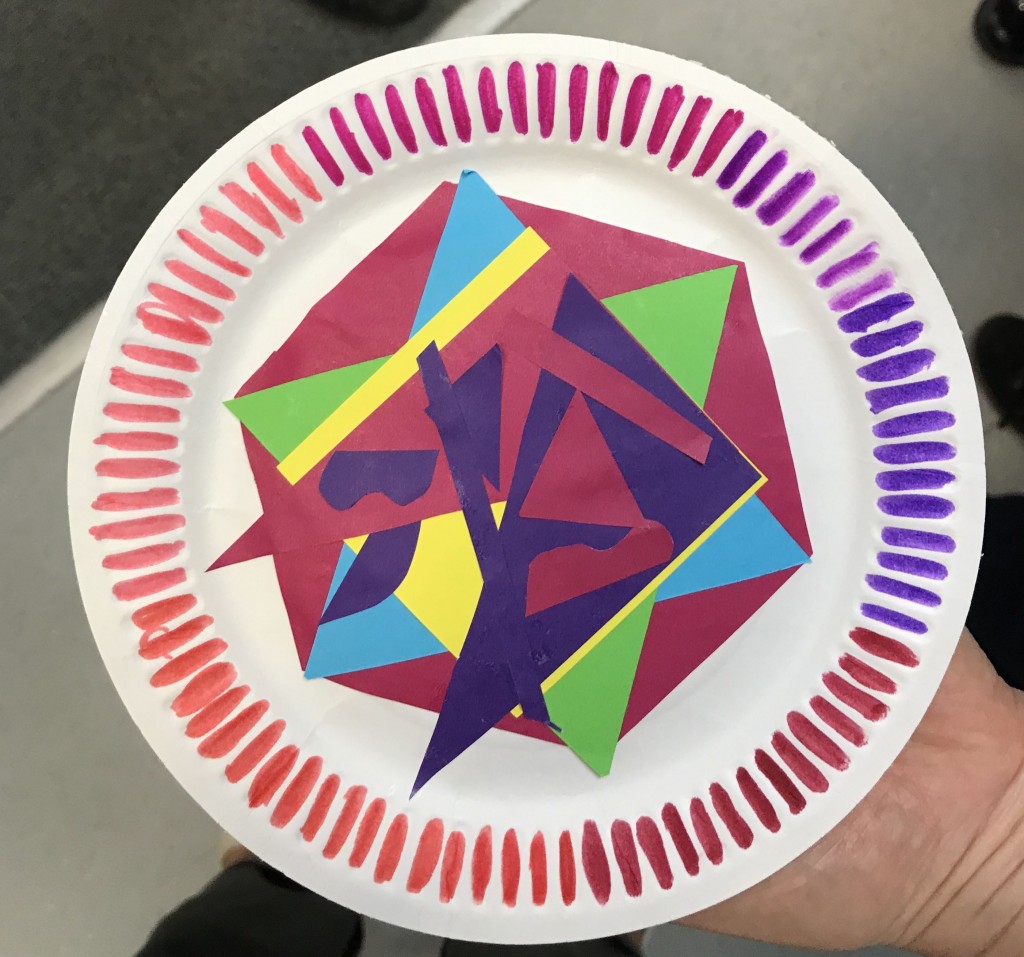
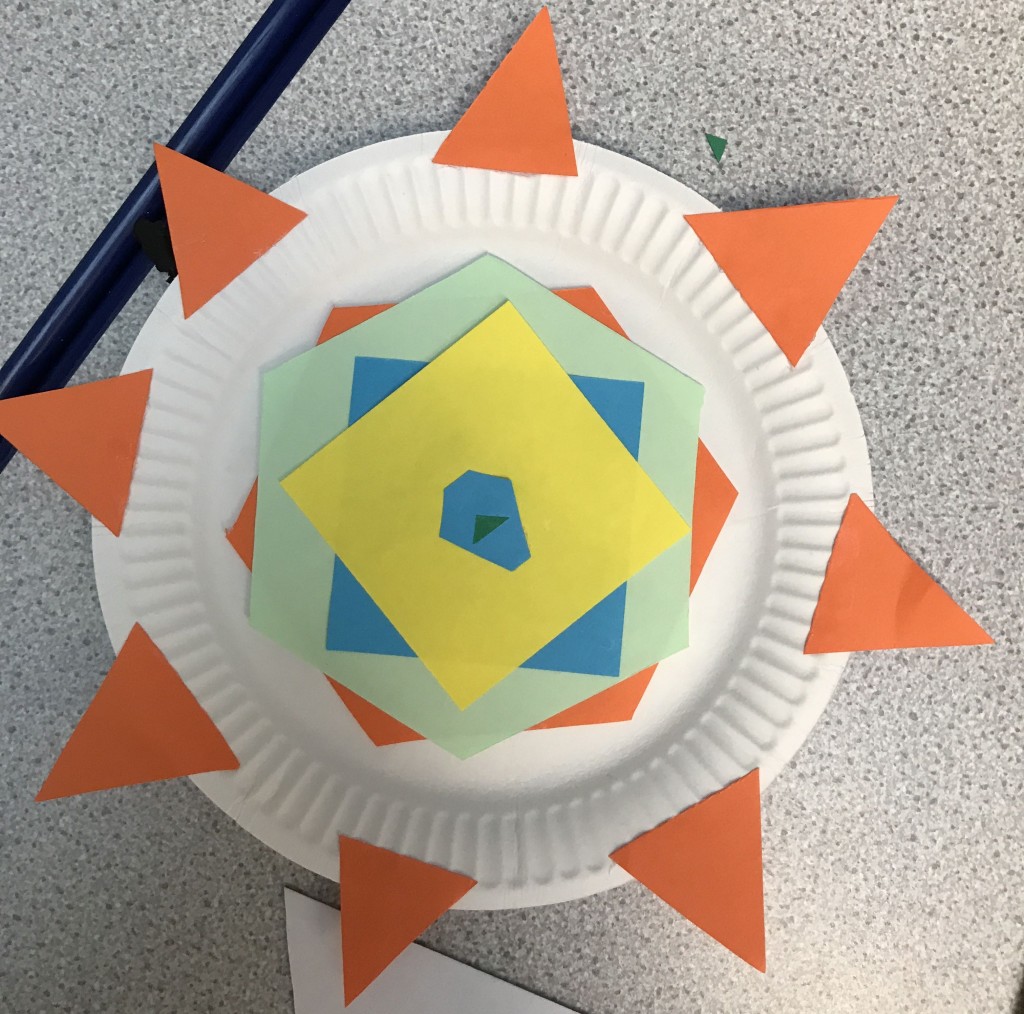
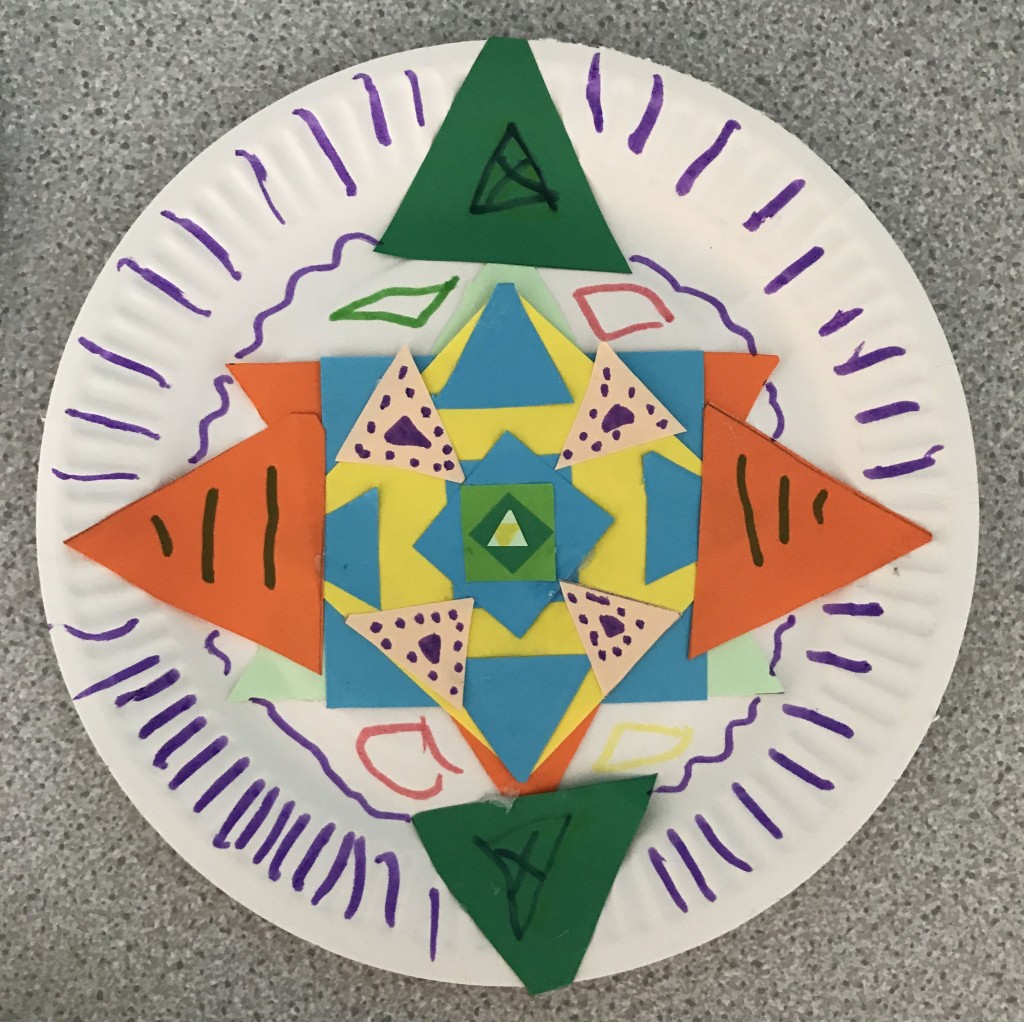
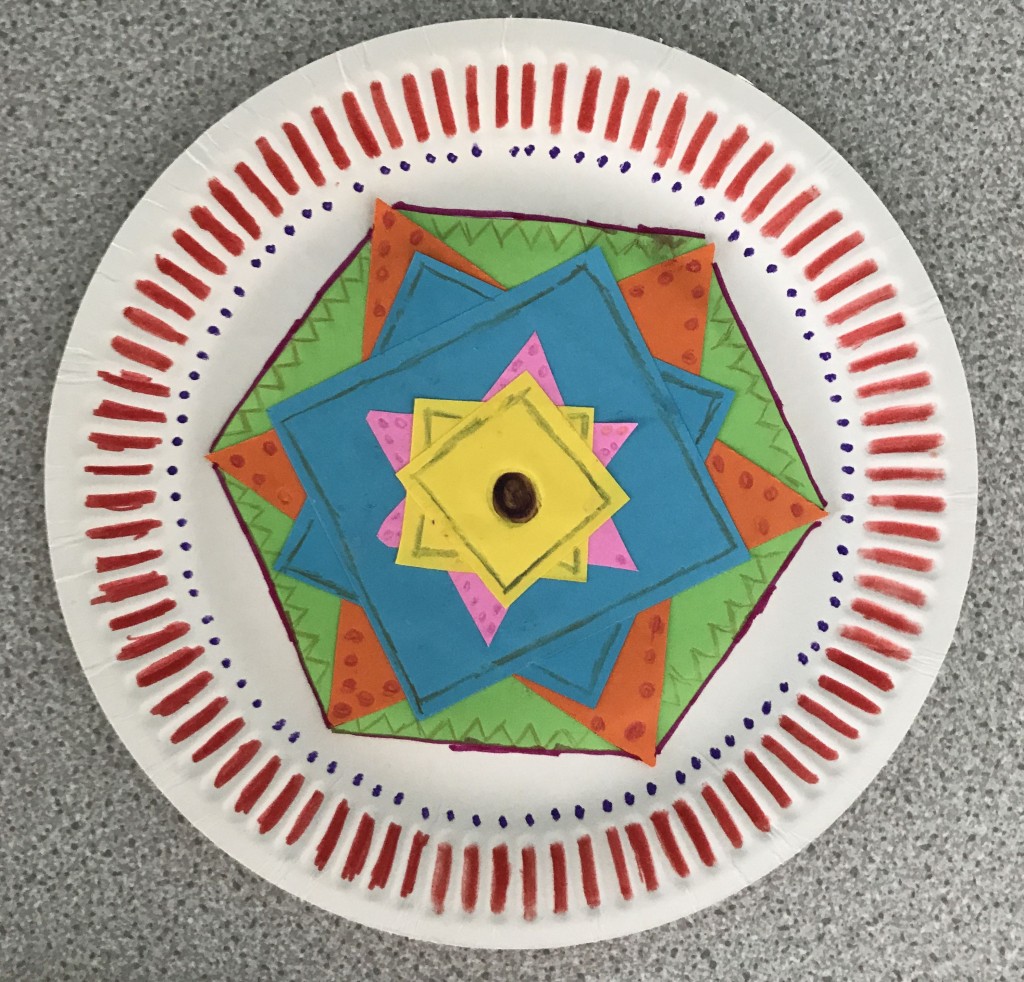
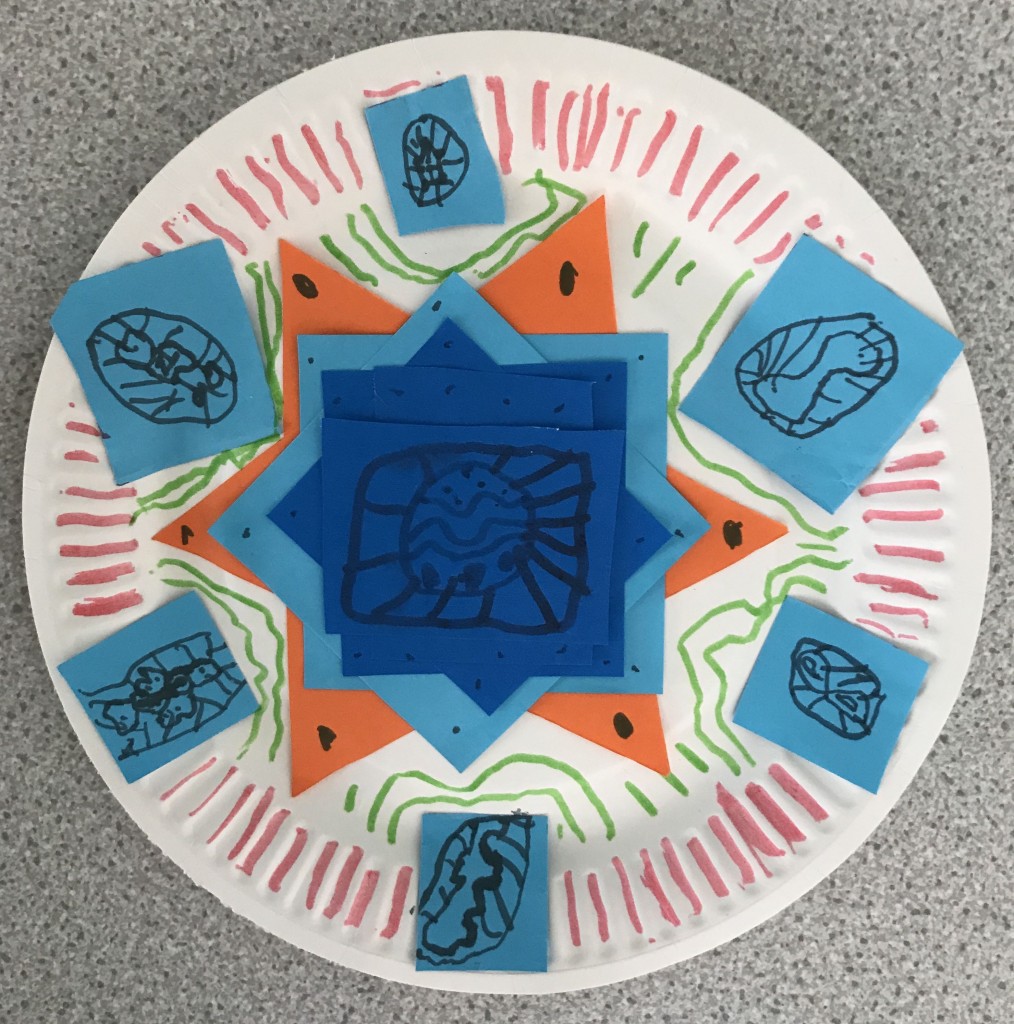
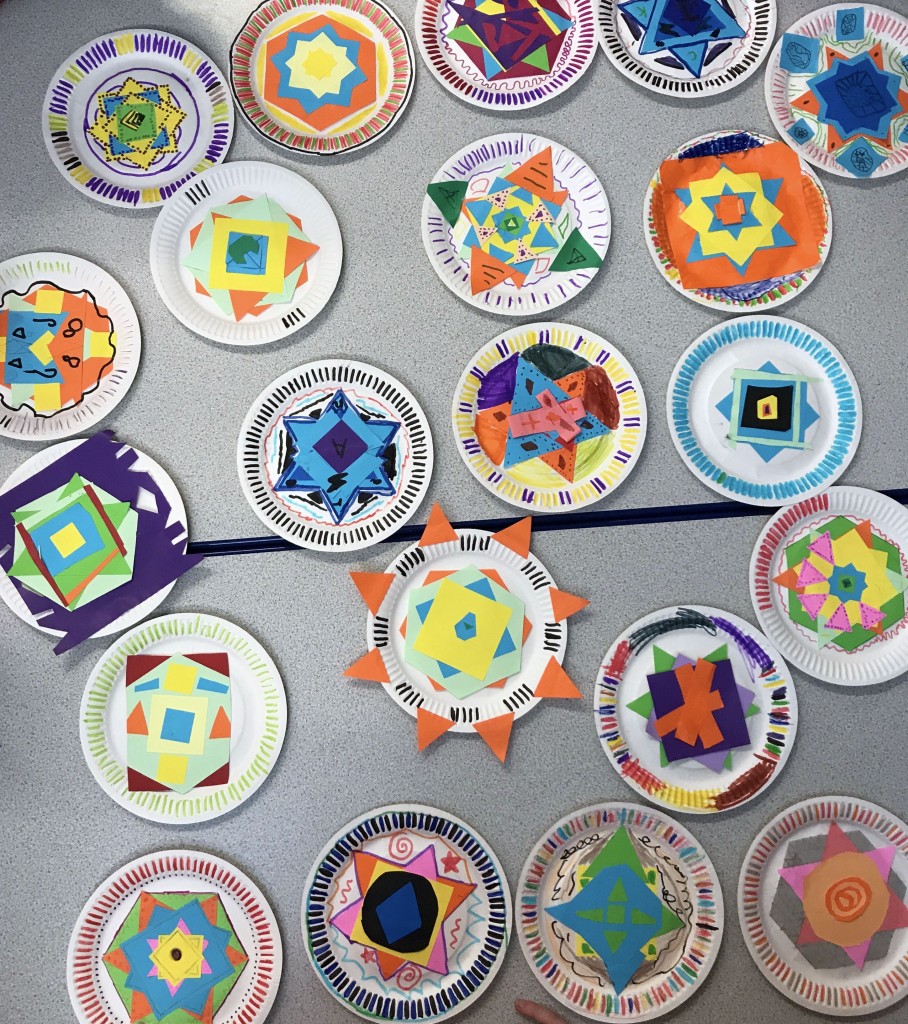
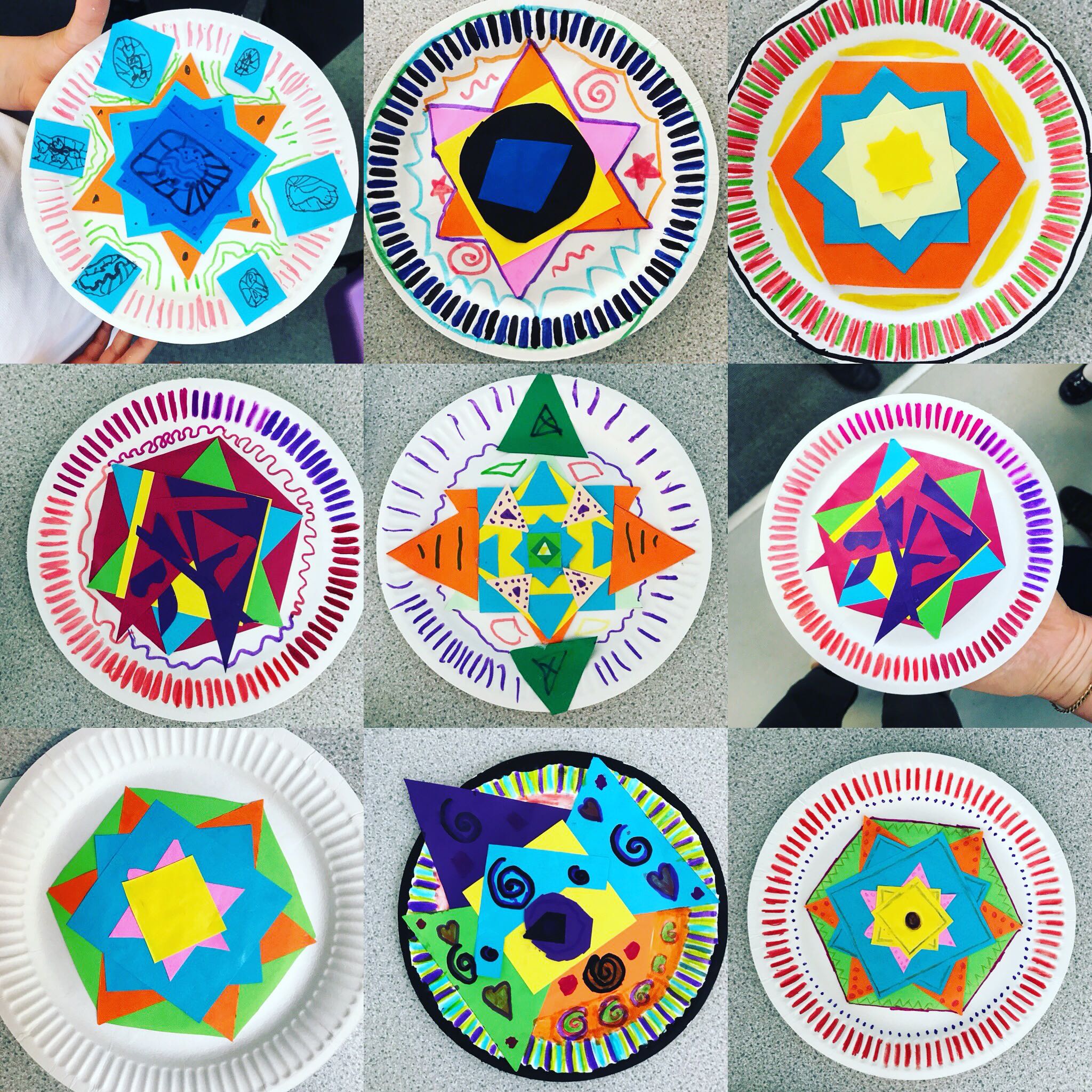 Veena took these principles further when developing geometric patterns on plywood boards using beans and lentils – imagine the mess!!!!
Veena took these principles further when developing geometric patterns on plywood boards using beans and lentils – imagine the mess!!!!
The Courtauld Gallery project asks the children to use compasses, protractors and mathematical principles to construct complex shapes like six or eight pointed stars and patterns inspired by nature, then inject their own ideas and creativity into these more formal processes.
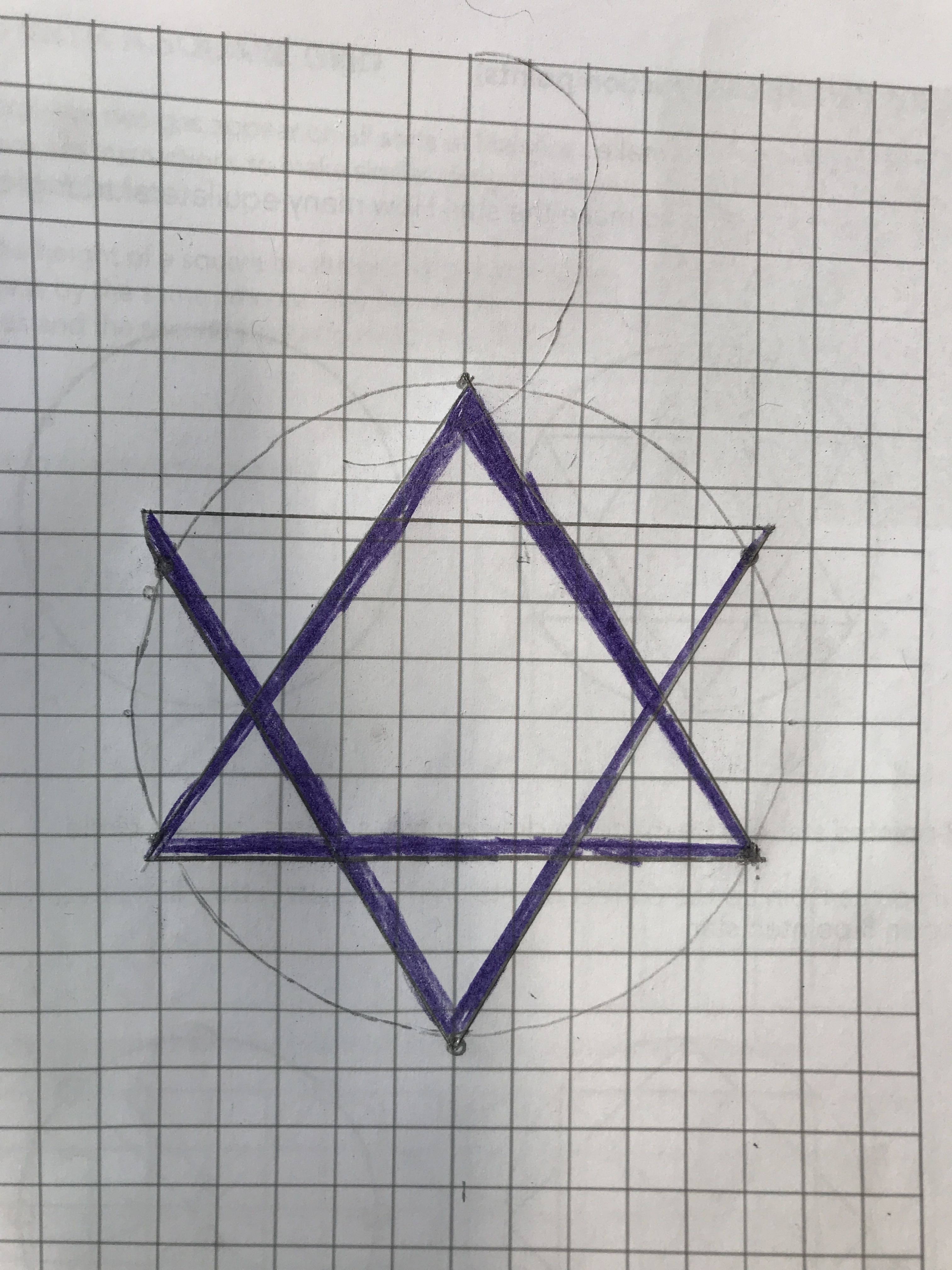
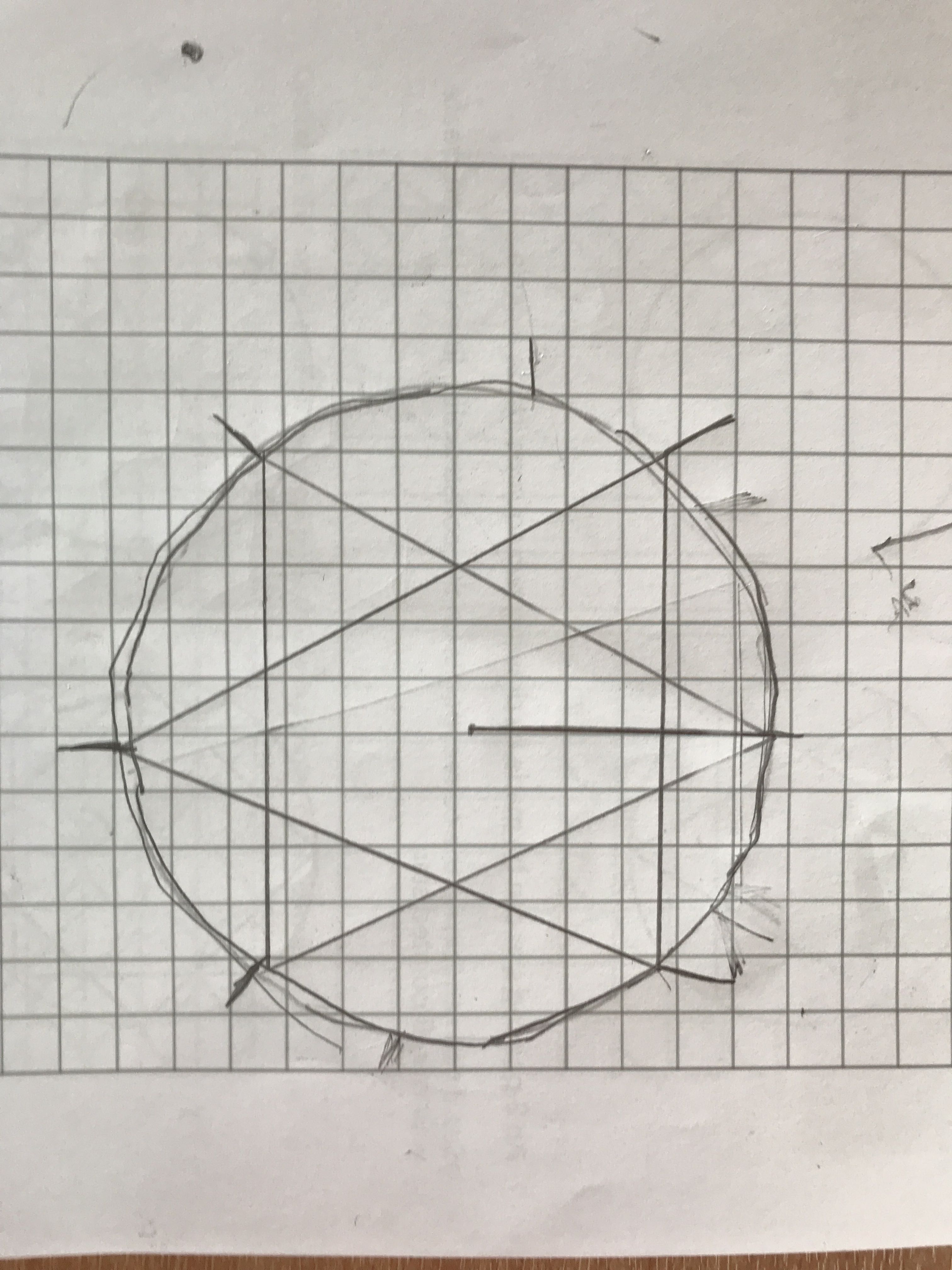
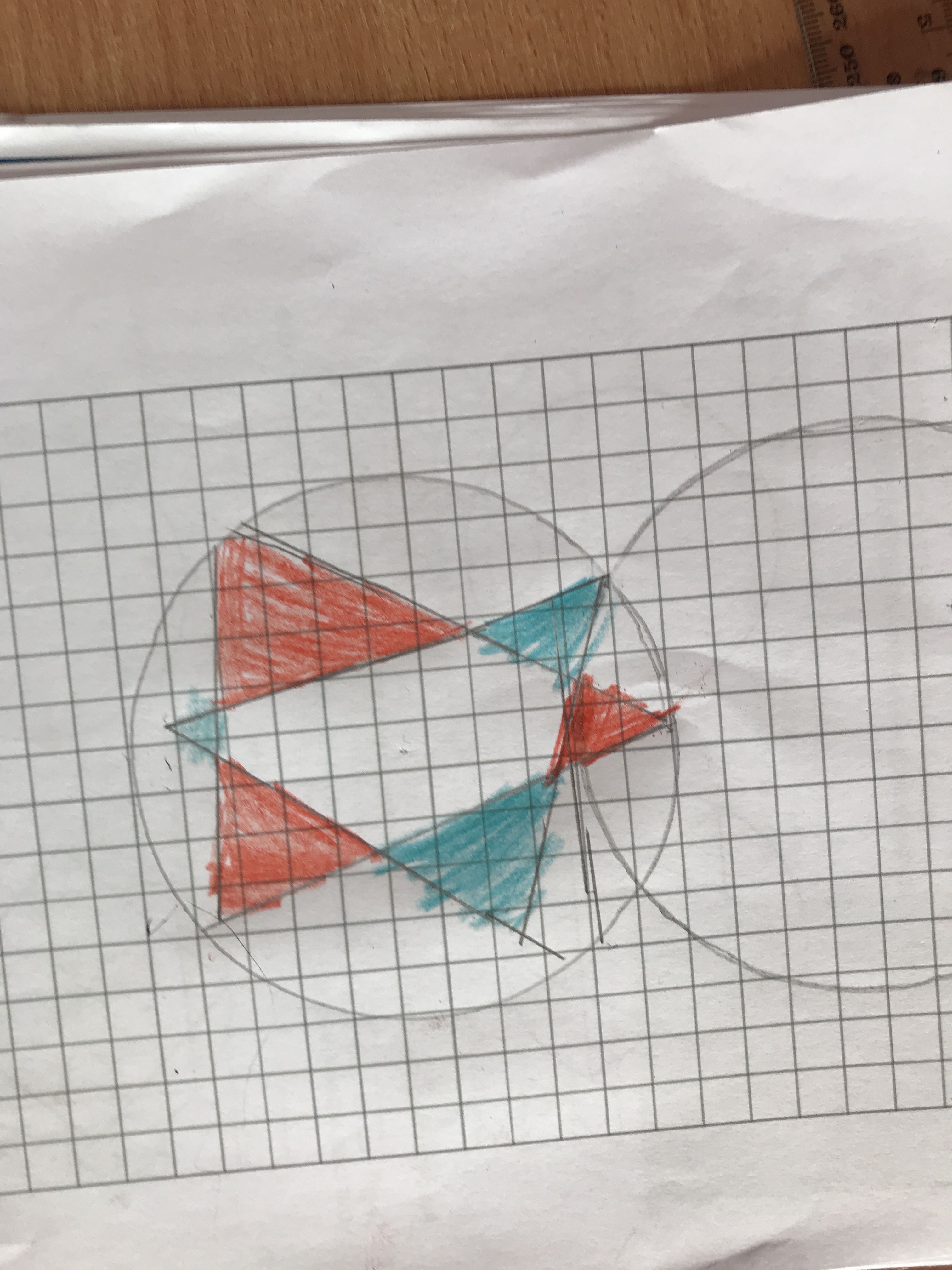
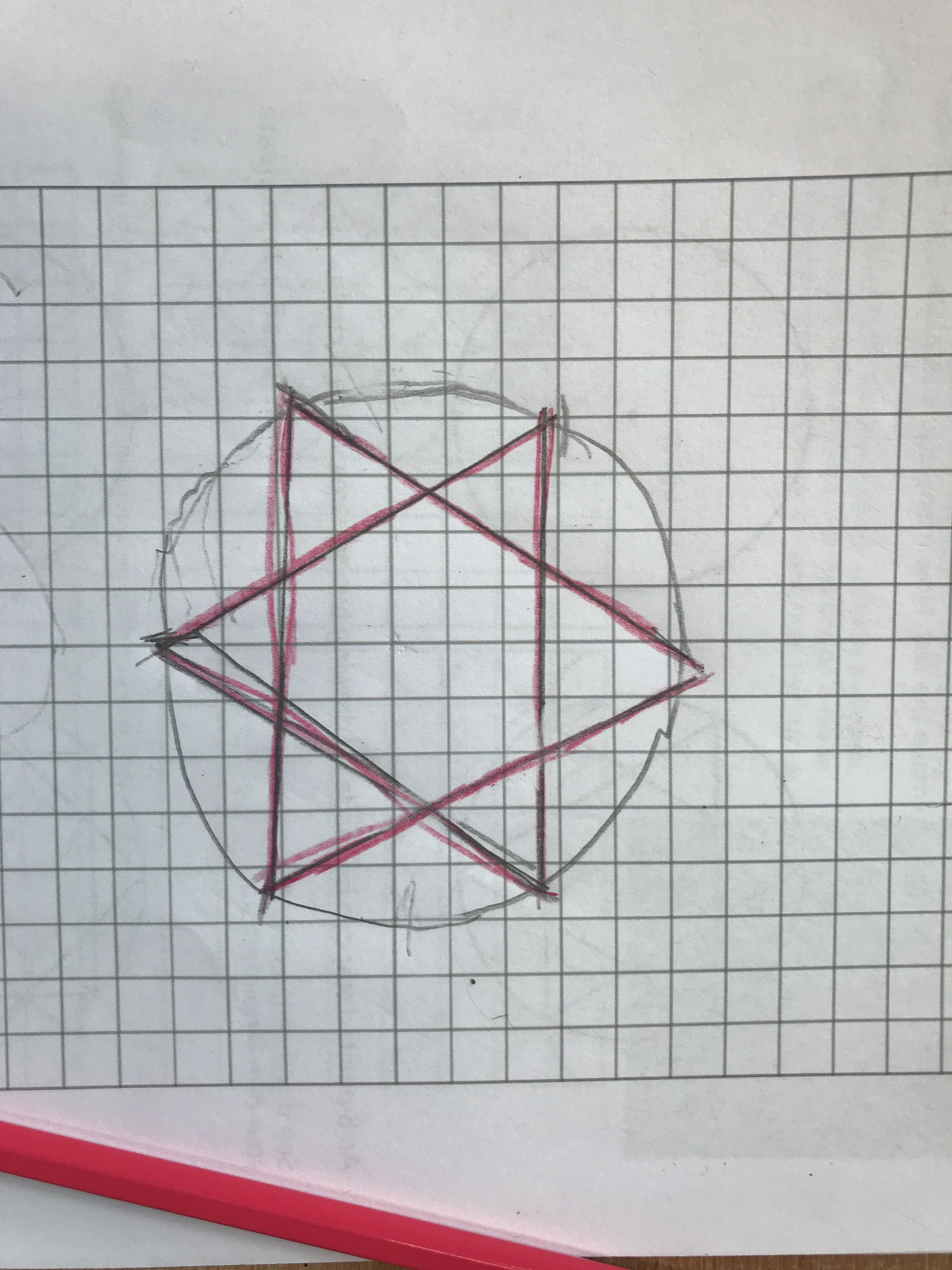 They draw from nature to design printing tiles. At Pelham Art Club we worked on printing skills at the start of the year. See the blog Autumnal printed patterns
They draw from nature to design printing tiles. At Pelham Art Club we worked on printing skills at the start of the year. See the blog Autumnal printed patterns
The next part of the process is to learn to draw an eight pointed star and a cross to make into a template to cut a clay tile. You can make this template by folding a large square and drawing circles within smaller squares. It has to be prickly drawn and constructed mathematically.
Some children need more help with this and use pre drawn templates, but everyone always ends up with one to cut out from their clay!
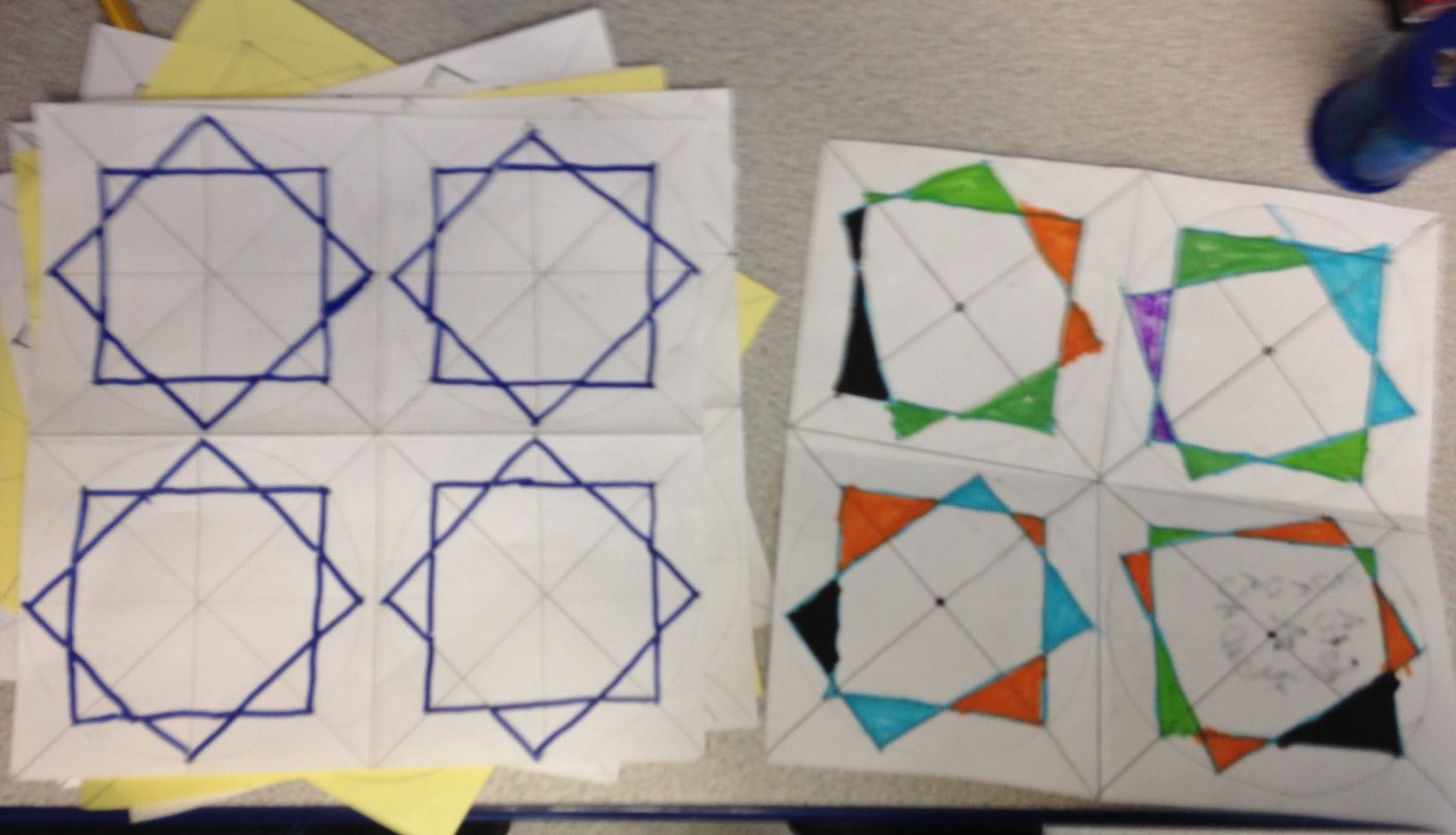
The children then use the template to cut out a clay tile and decorate using patterns inspired by the objects they have looked at.
We then decorate a tile by carving into the surface or moulding on top.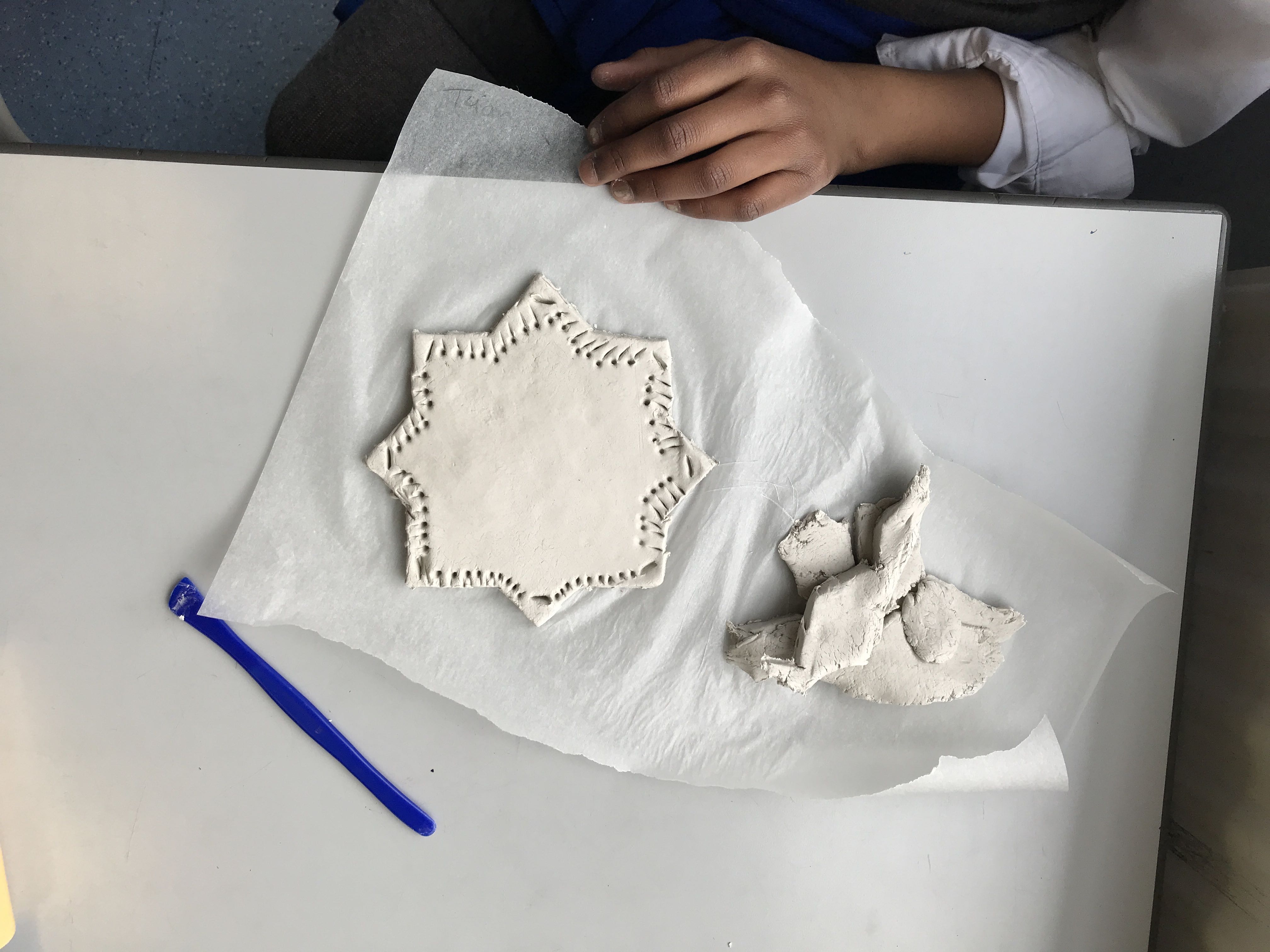
These are the tiles made at Pelham Art Club joined together in a collaborative, tessellated pattern – they were just beautiful!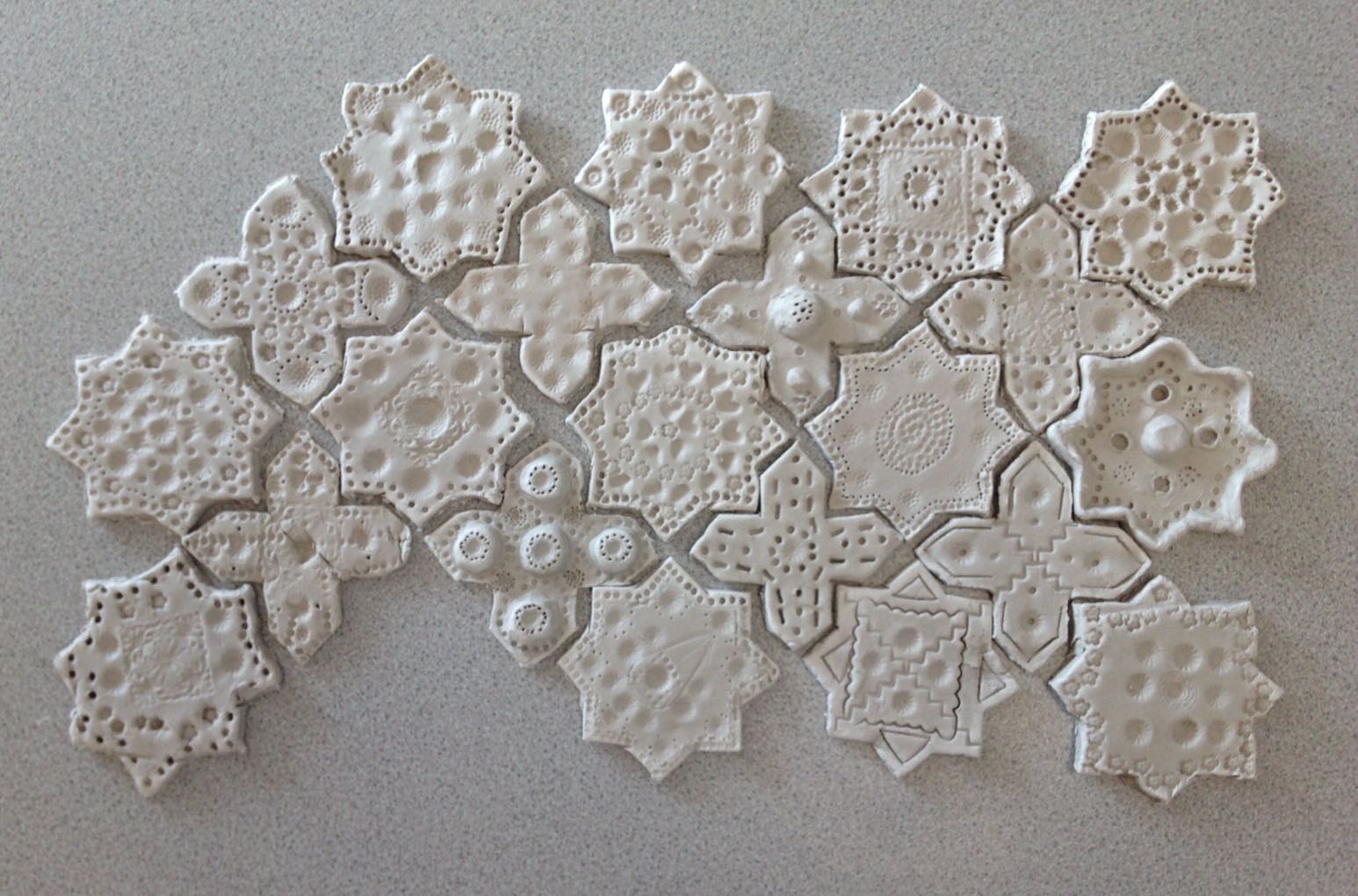
They have painted them and glazed them with PVA glue. I love the two different colours used for the stars and crosses.
You can see and download the full project researched and delivered by the Courtauld Gallery HERE.
- Posted by
 admin
admin - Posted in Courses, Creativity, Pelham After School Art Club, Uncategorized
 May, 29, 2018
May, 29, 2018 No Comments.
No Comments.
Archives
- April 2023
- February 2023
- September 2022
- August 2022
- May 2020
- February 2020
- December 2019
- October 2019
- July 2019
- June 2019
- April 2019
- February 2019
- January 2019
- December 2018
- October 2018
- July 2018
- June 2018
- May 2018
- April 2018
- March 2018
- February 2018
- January 2018
- December 2017
- November 2017
- October 2017
- September 2017
- August 2017
- July 2017
- June 2017
- May 2017
- April 2017
- March 2017
- February 2017
- December 2016
- October 2016
- September 2016
- August 2016
- July 2016
- June 2016
- May 2016
- March 2016
- February 2016
- January 2016
- December 2015
- November 2015
- October 2015
- September 2015
- August 2015
- July 2015
- June 2015
- May 2015
- April 2015
- March 2015
- February 2015
- January 2015
- December 2014
- November 2014
- October 2014
- September 2014
- July 2014
- June 2014
- May 2014
- April 2014
- March 2014
- February 2014
- January 2014
- December 2013
- November 2013
- October 2013
- May 2013
- April 2013
- March 2013
- February 2013
- January 2013
- November 2012
- October 2012
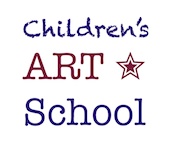
 07808 168 543
07808 168 543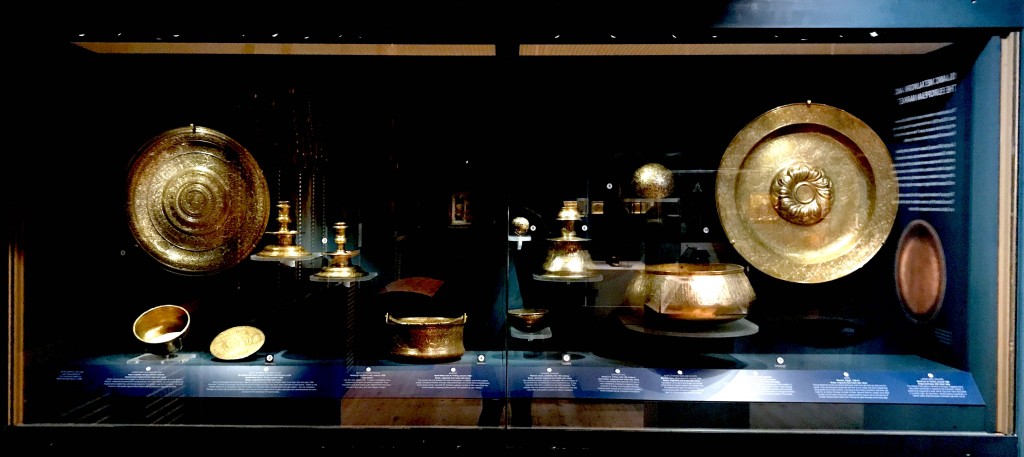
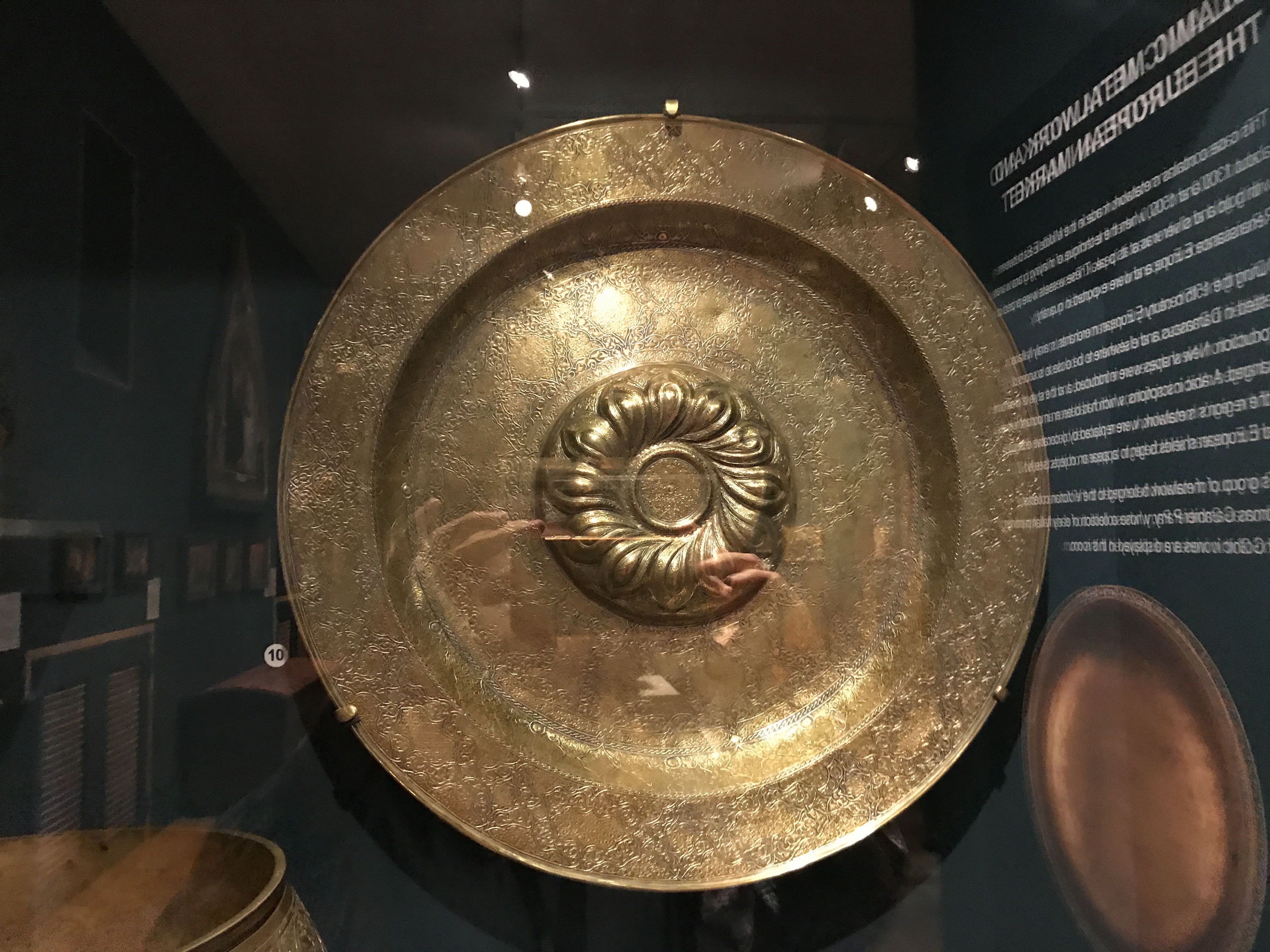
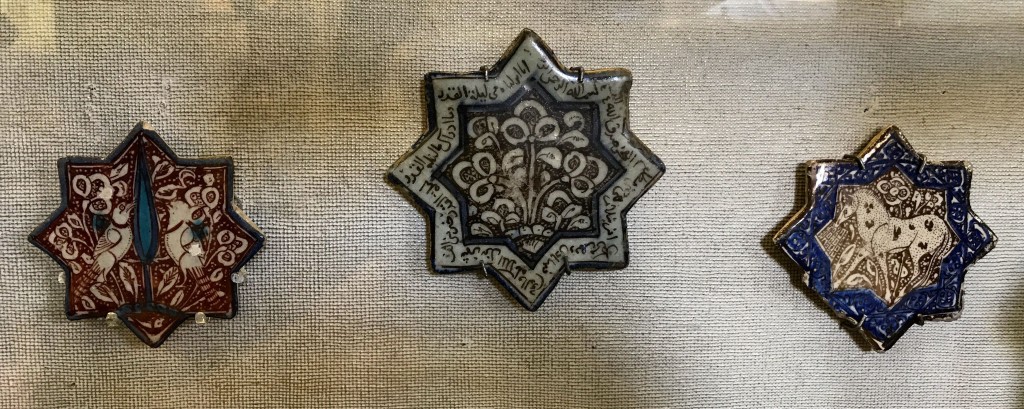
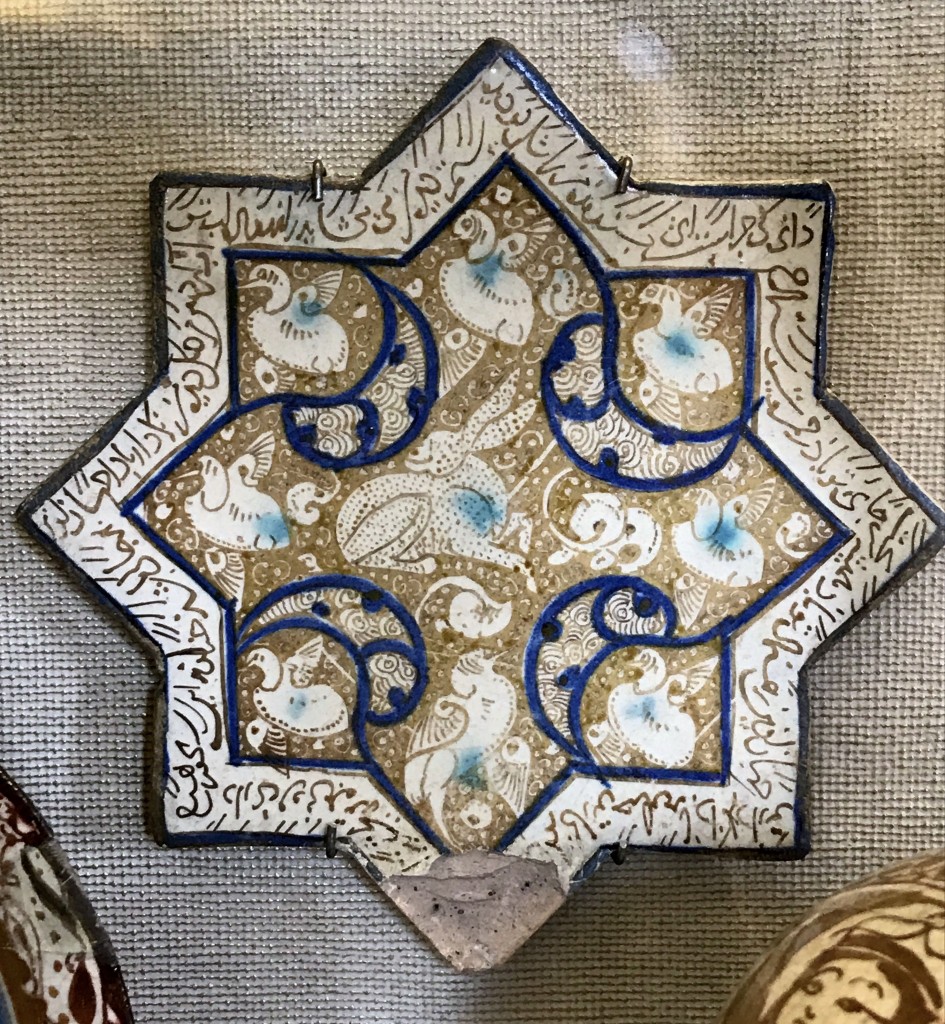
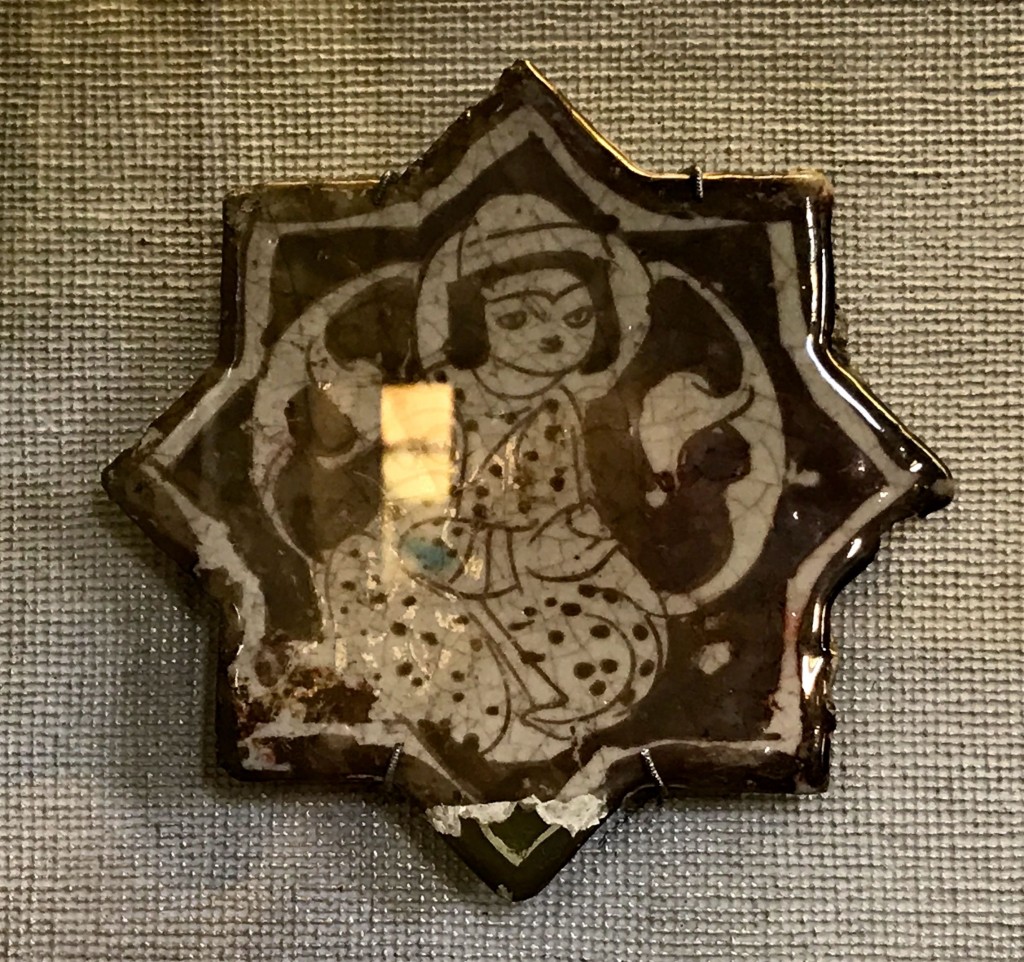
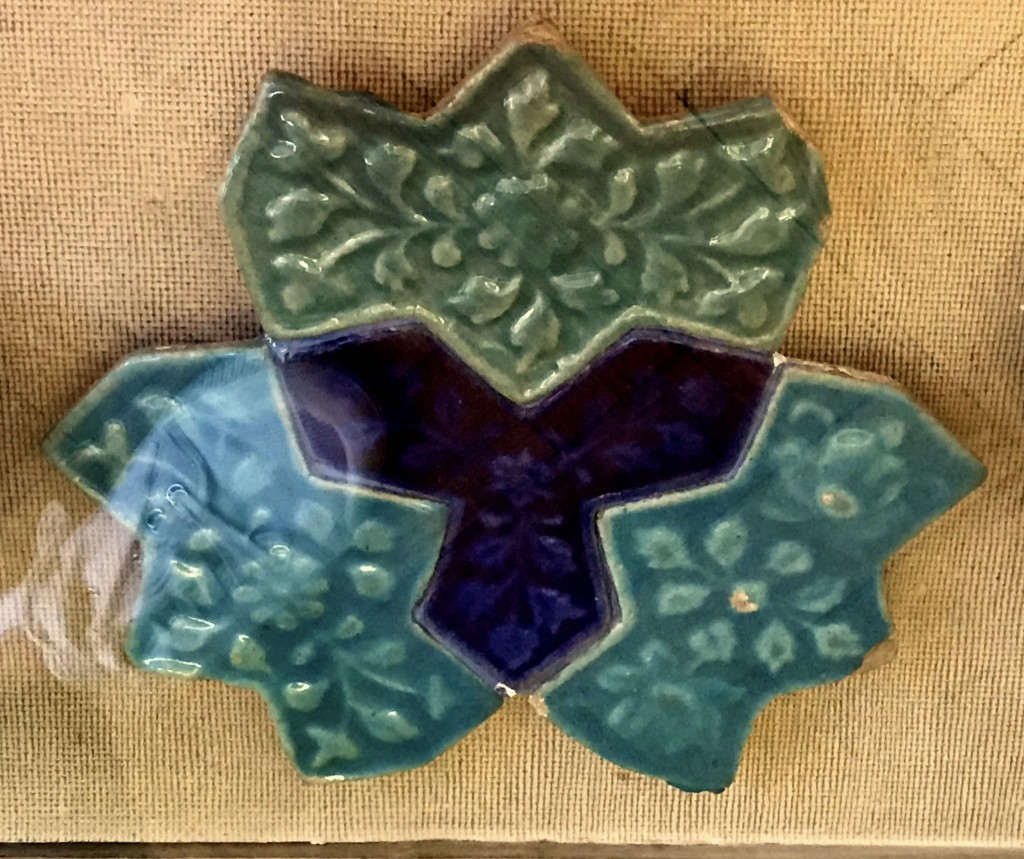
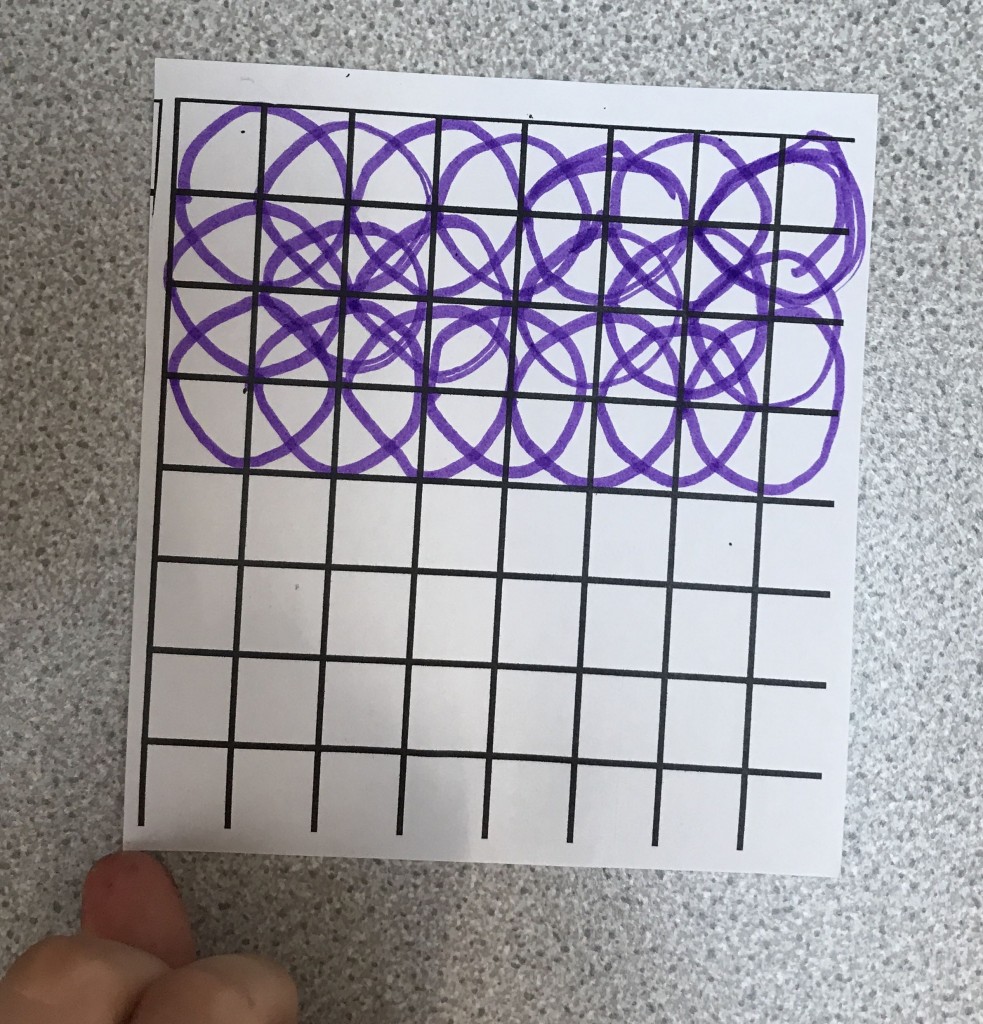
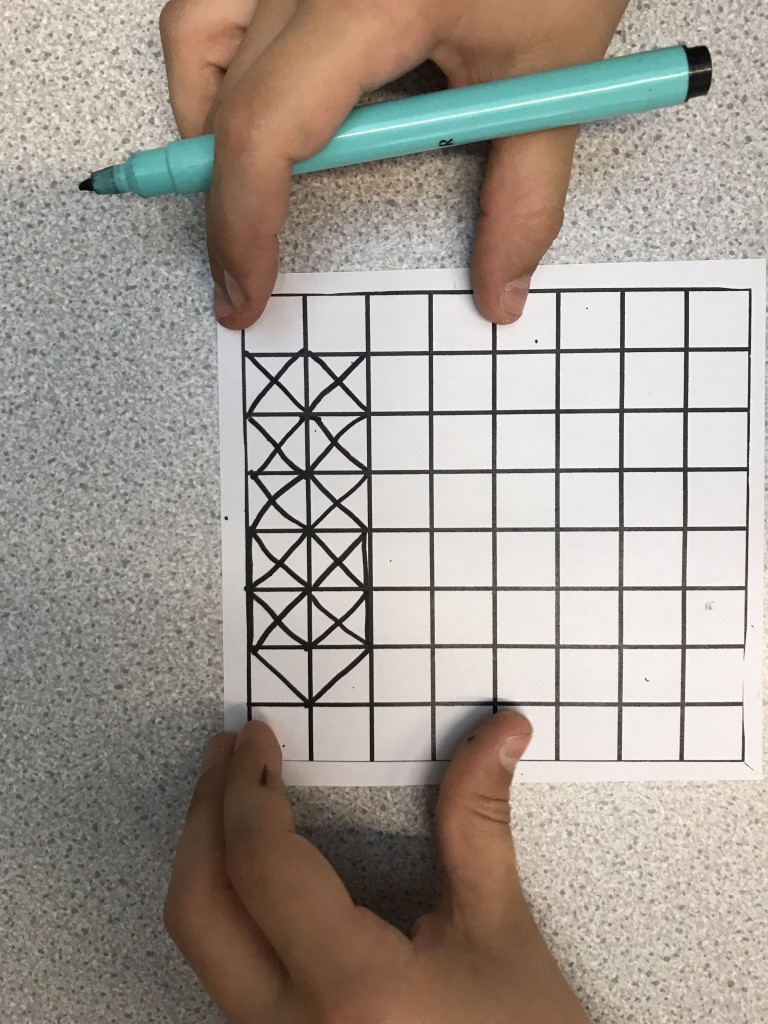
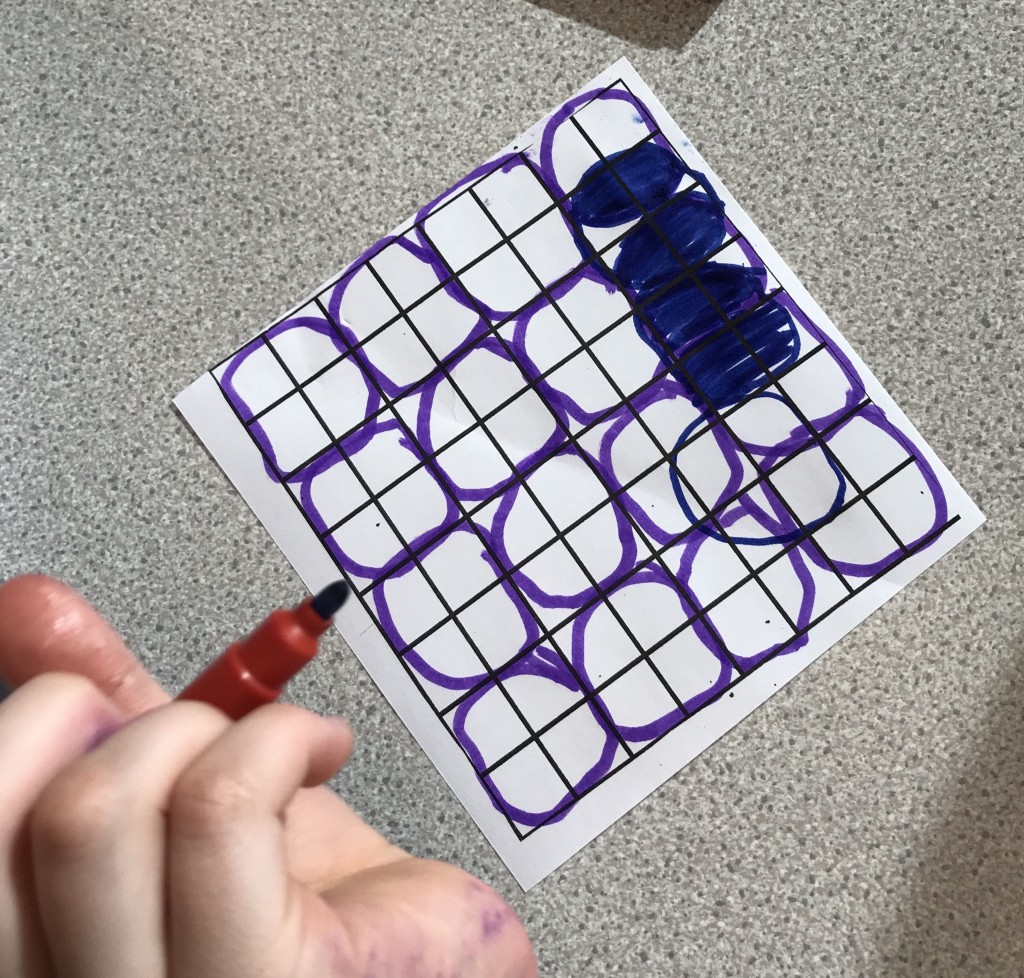
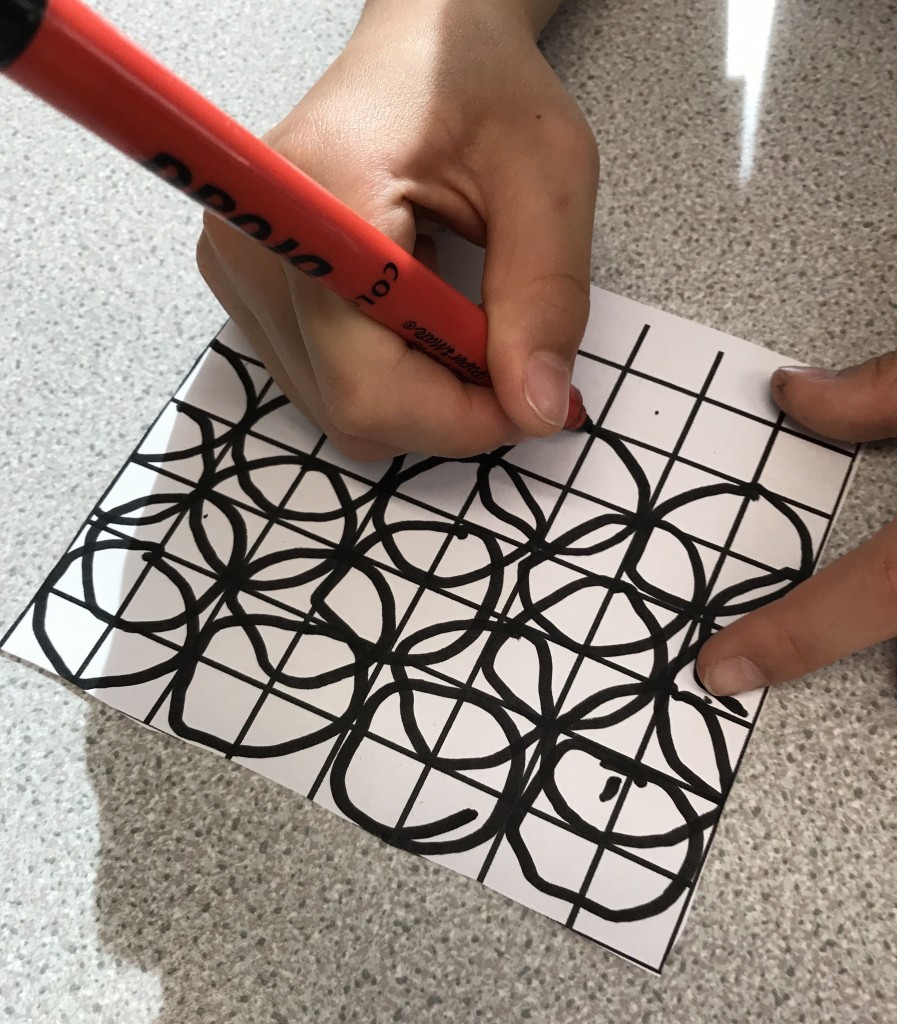
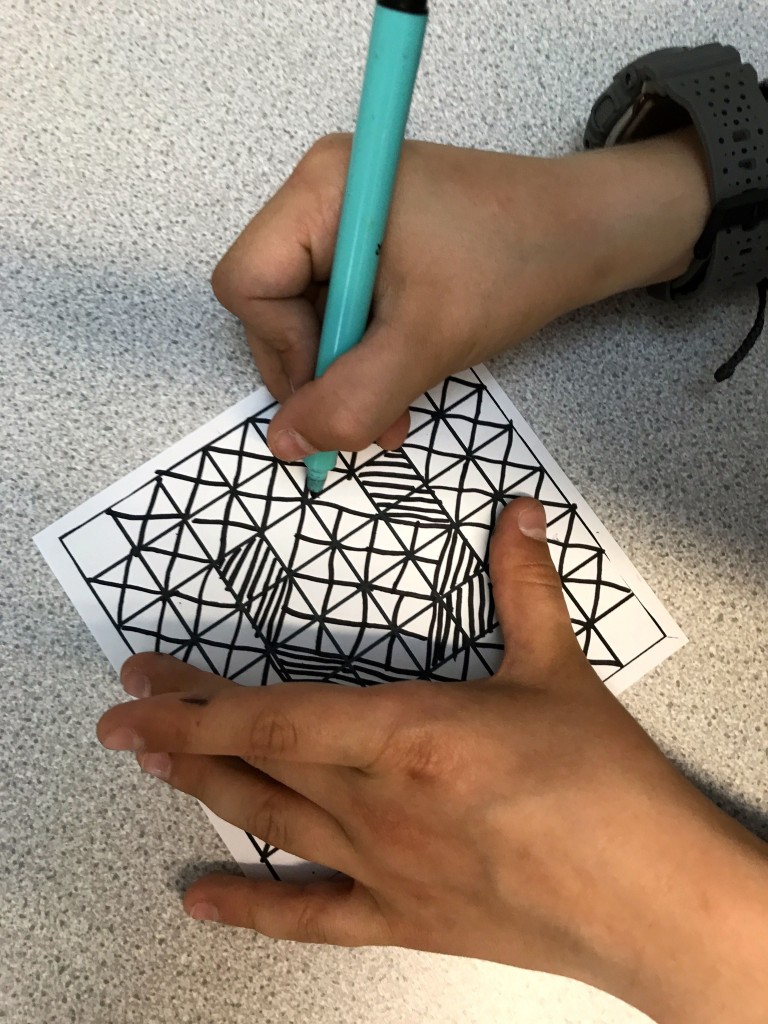
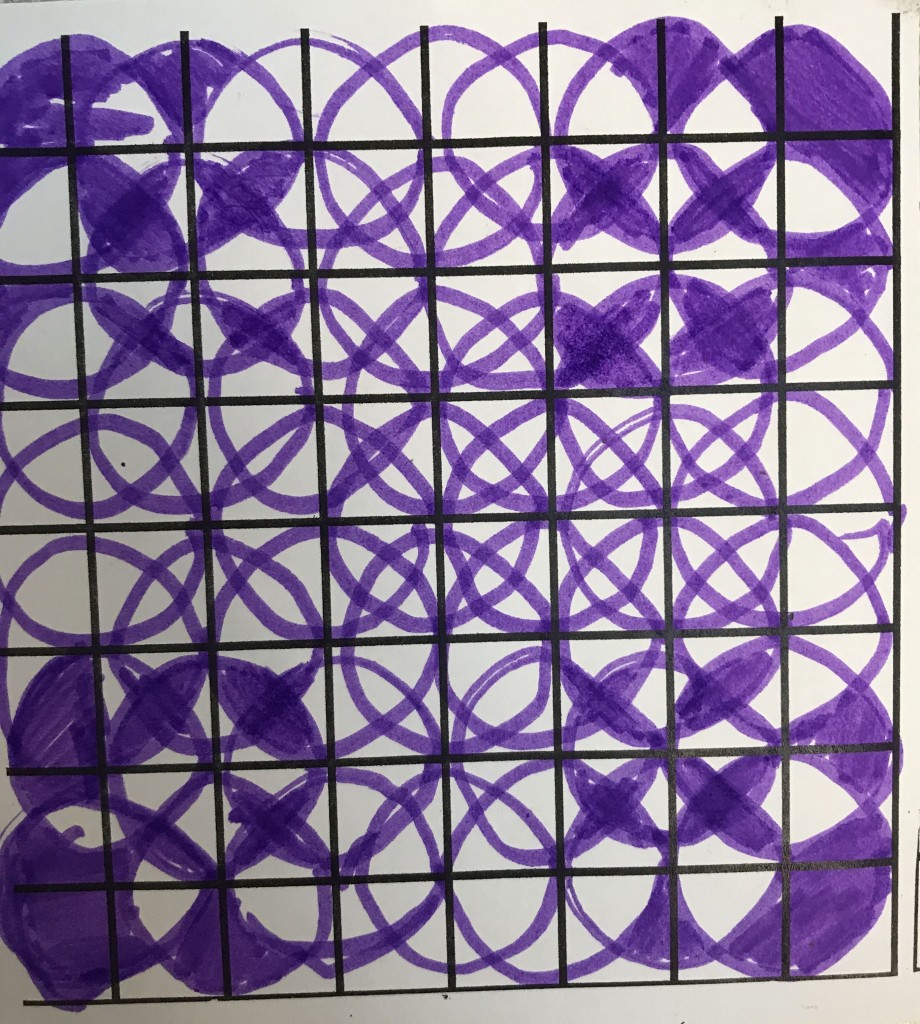
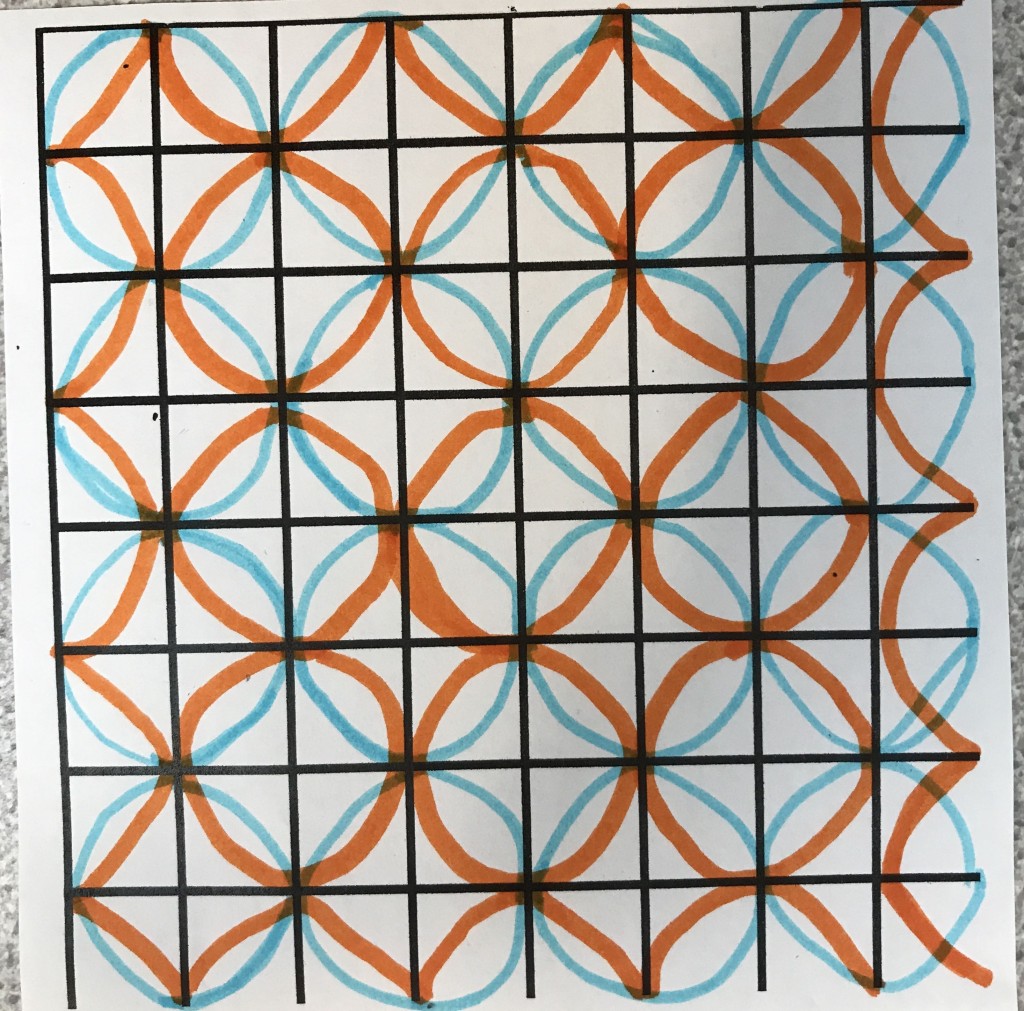
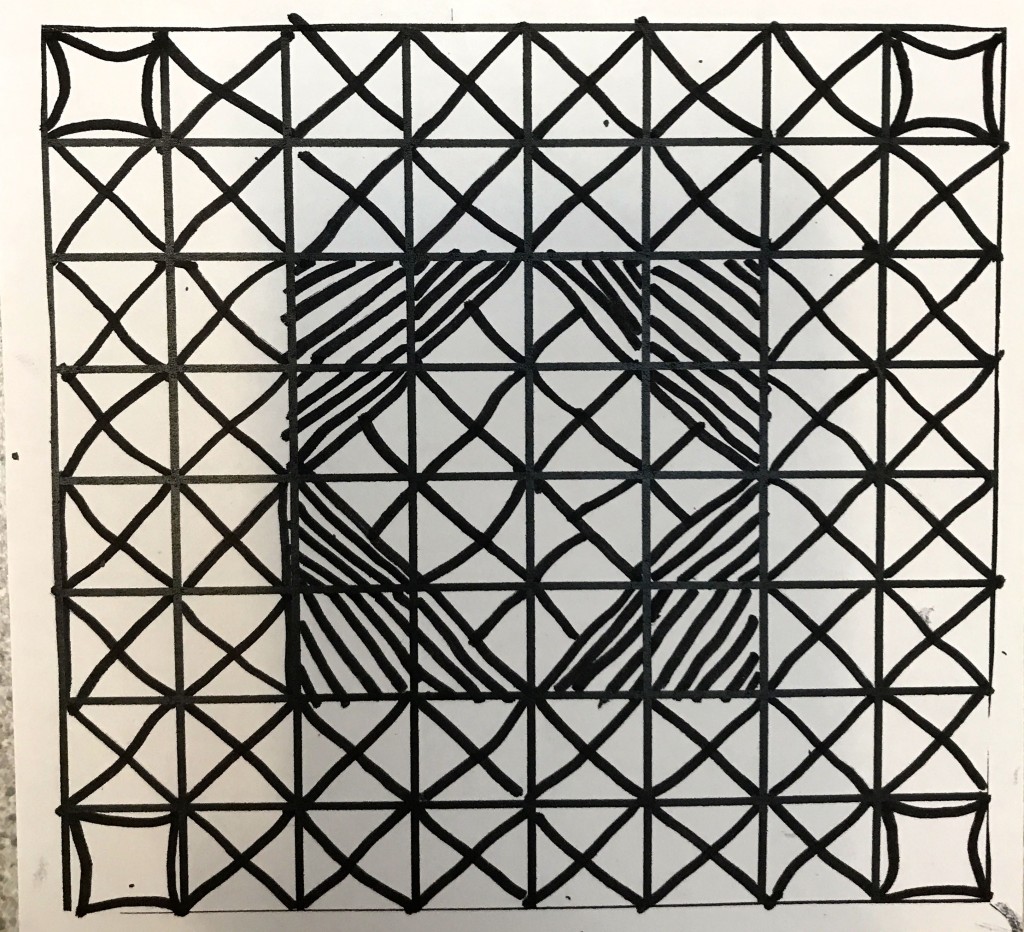
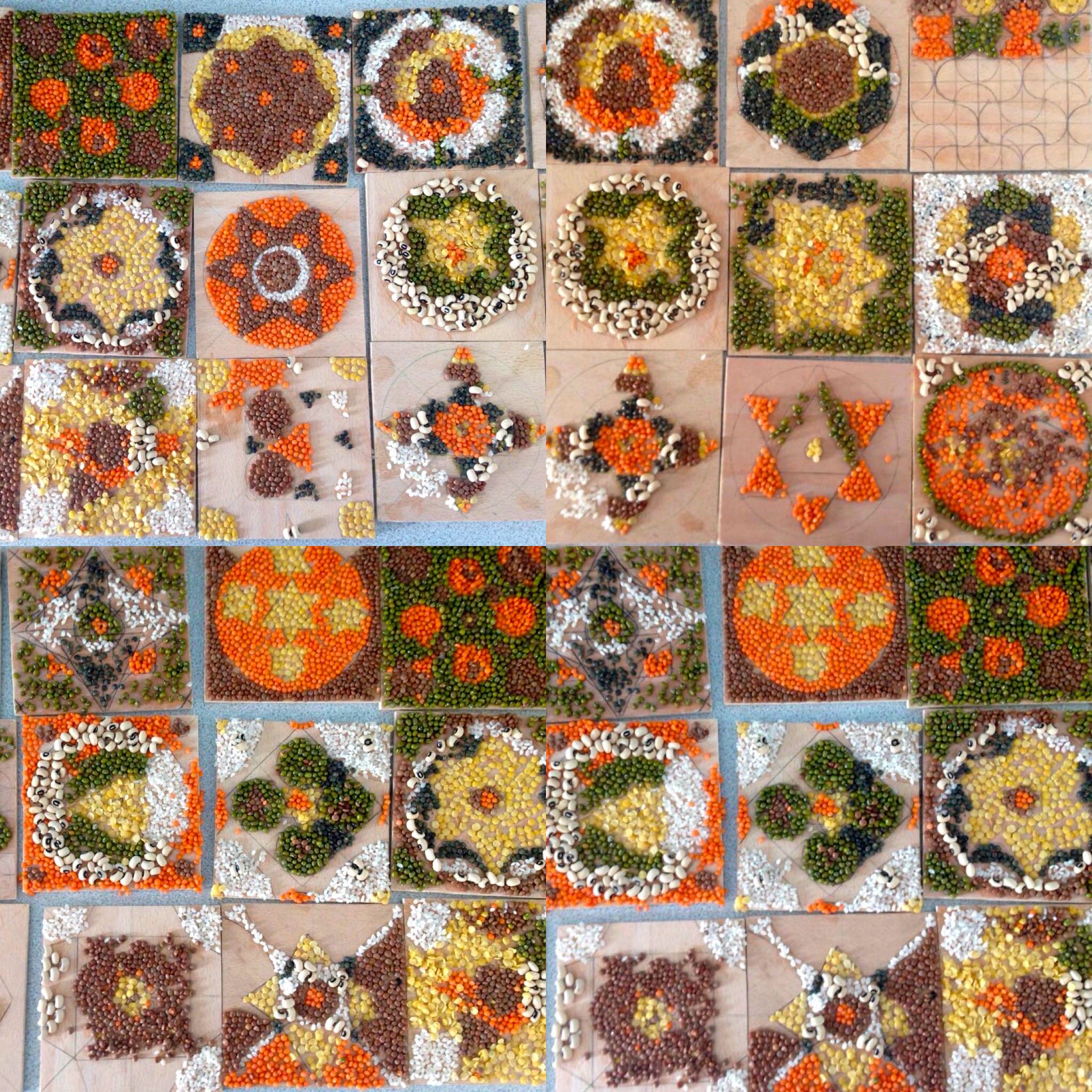
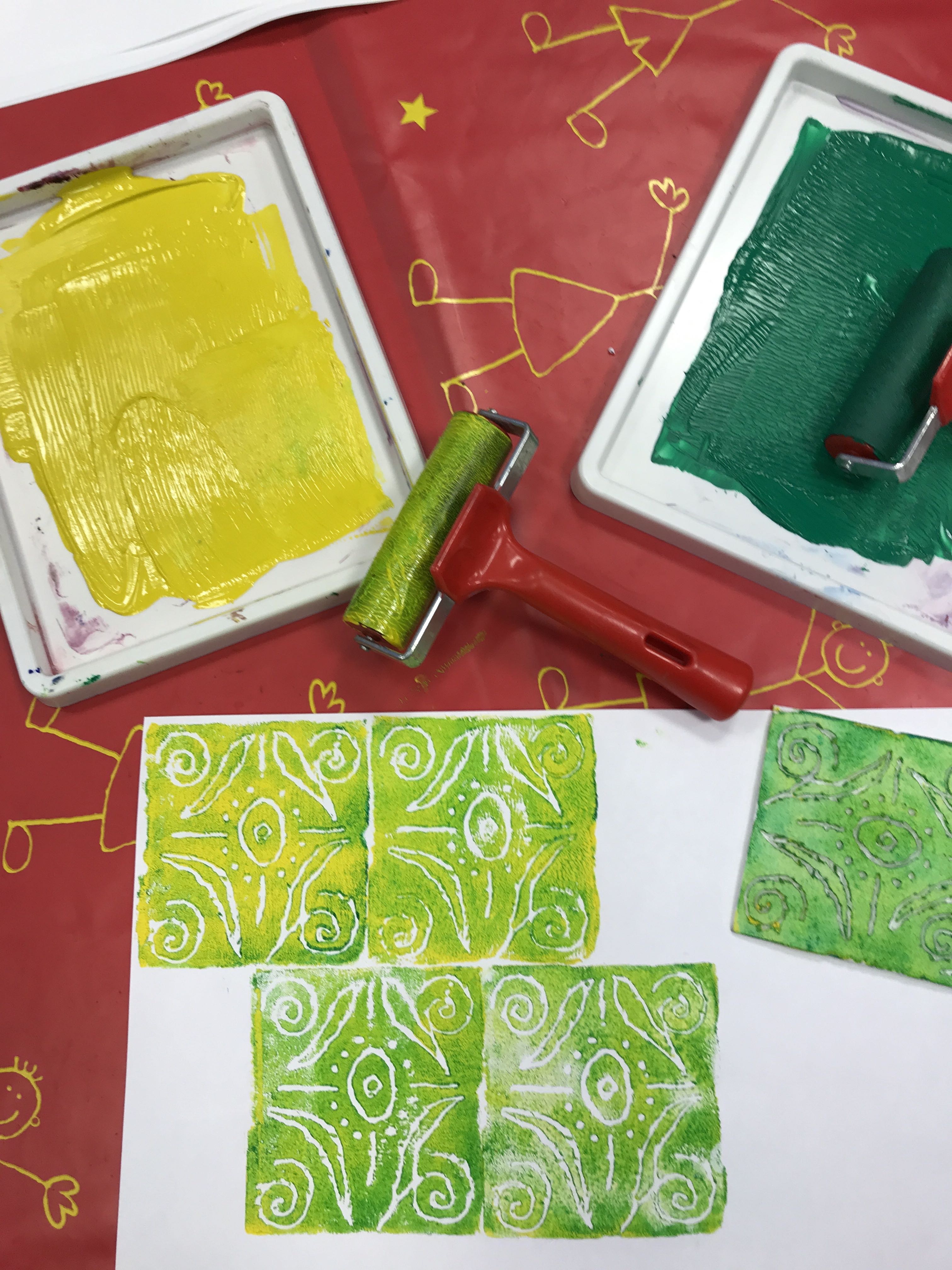
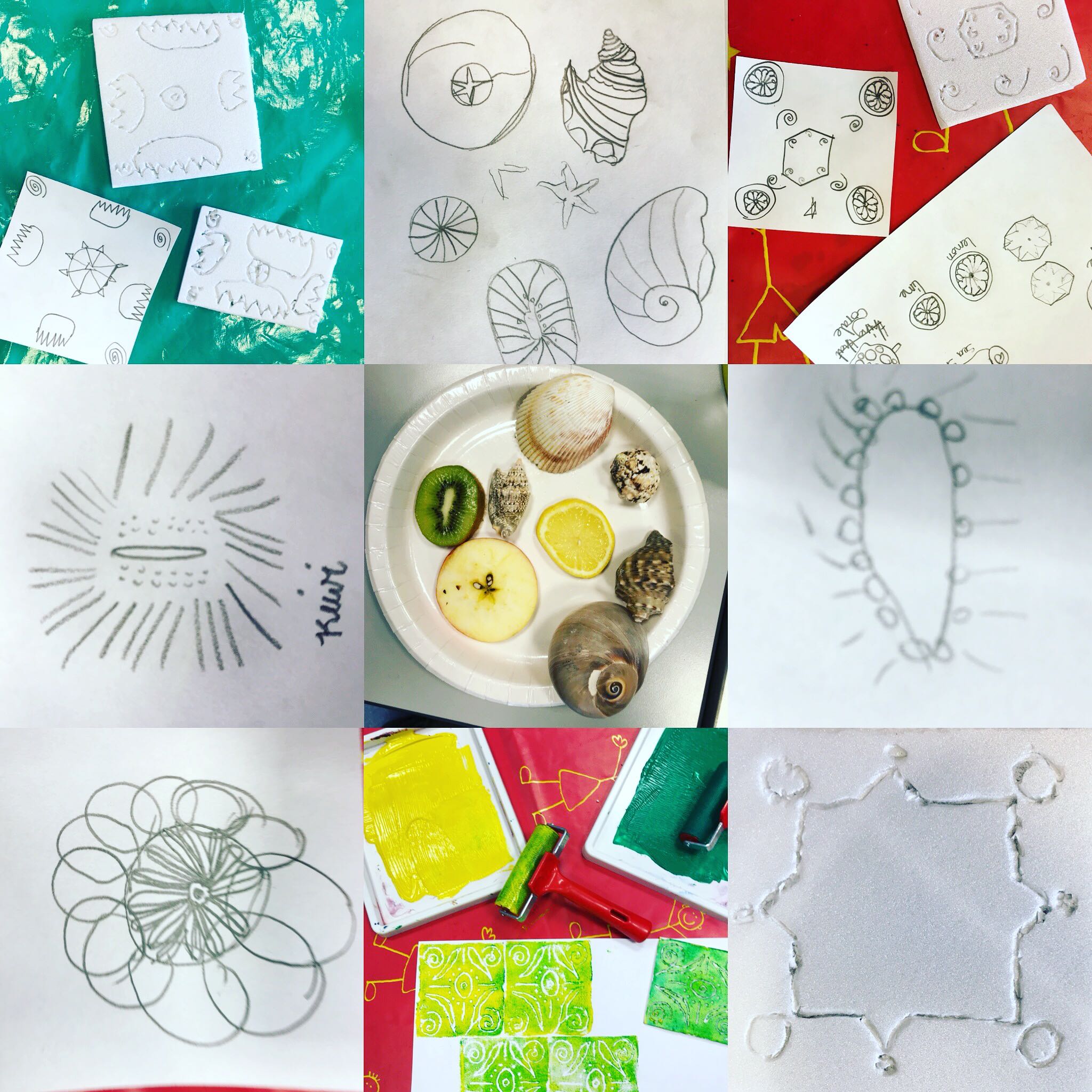
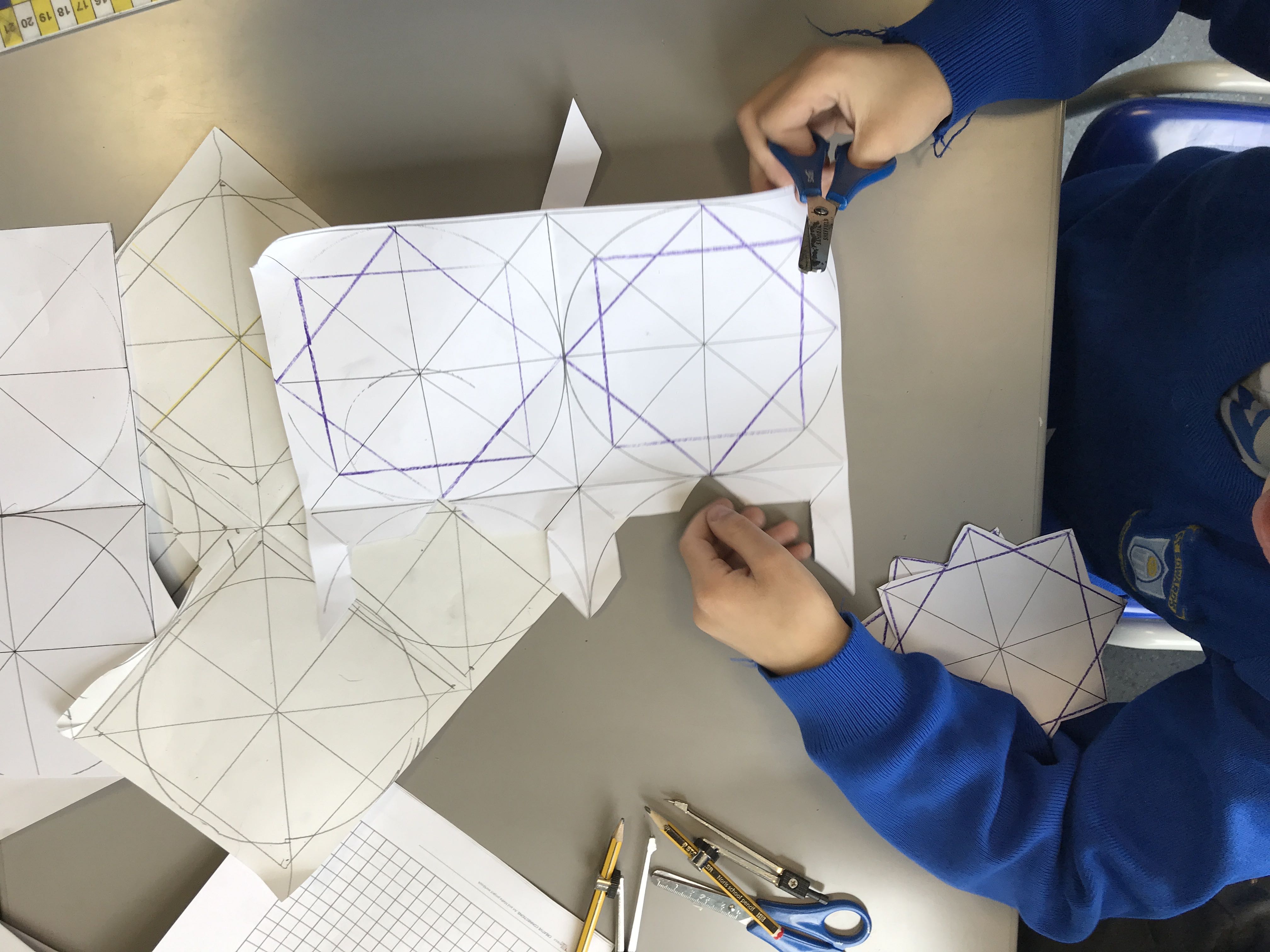
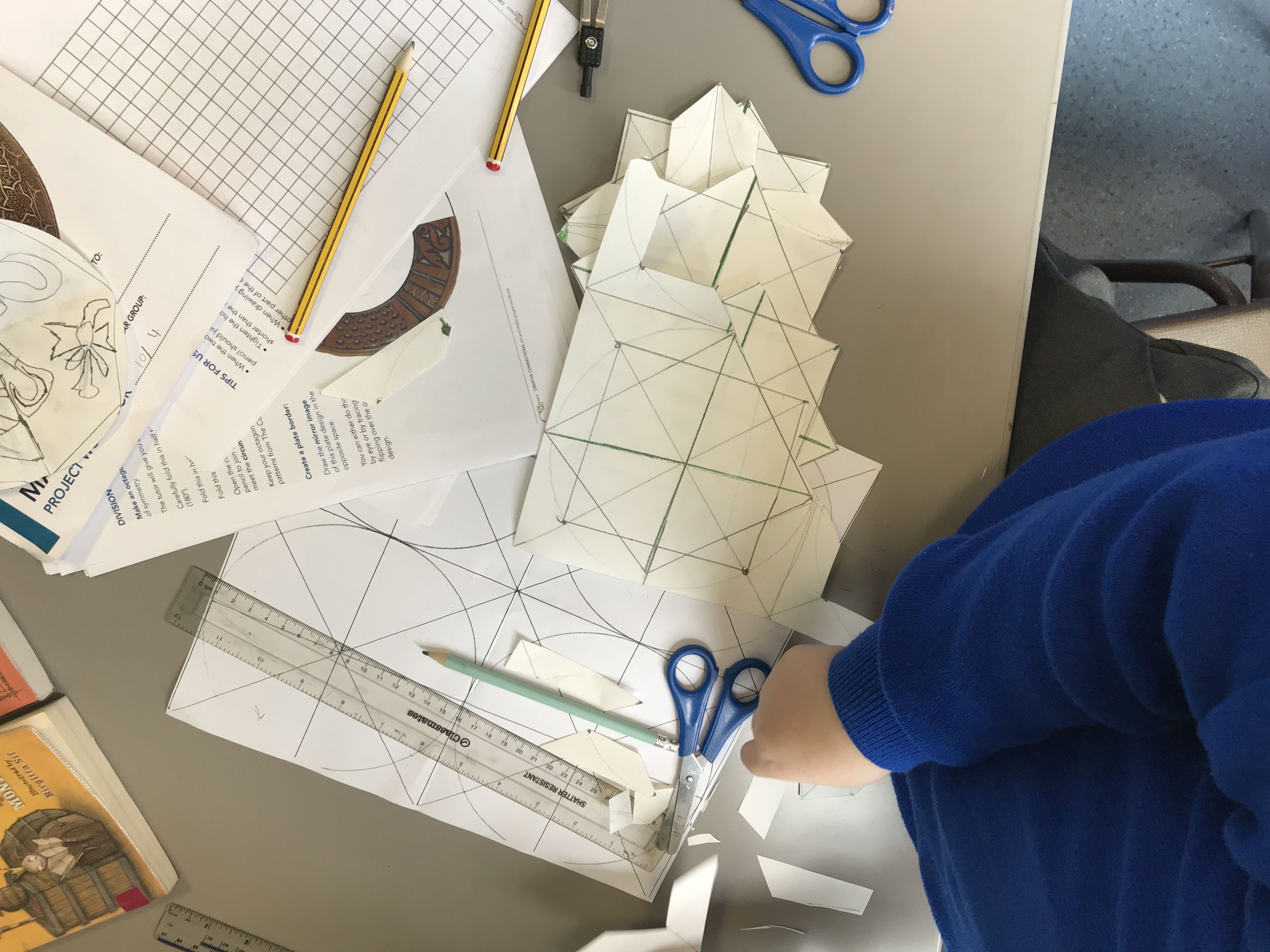
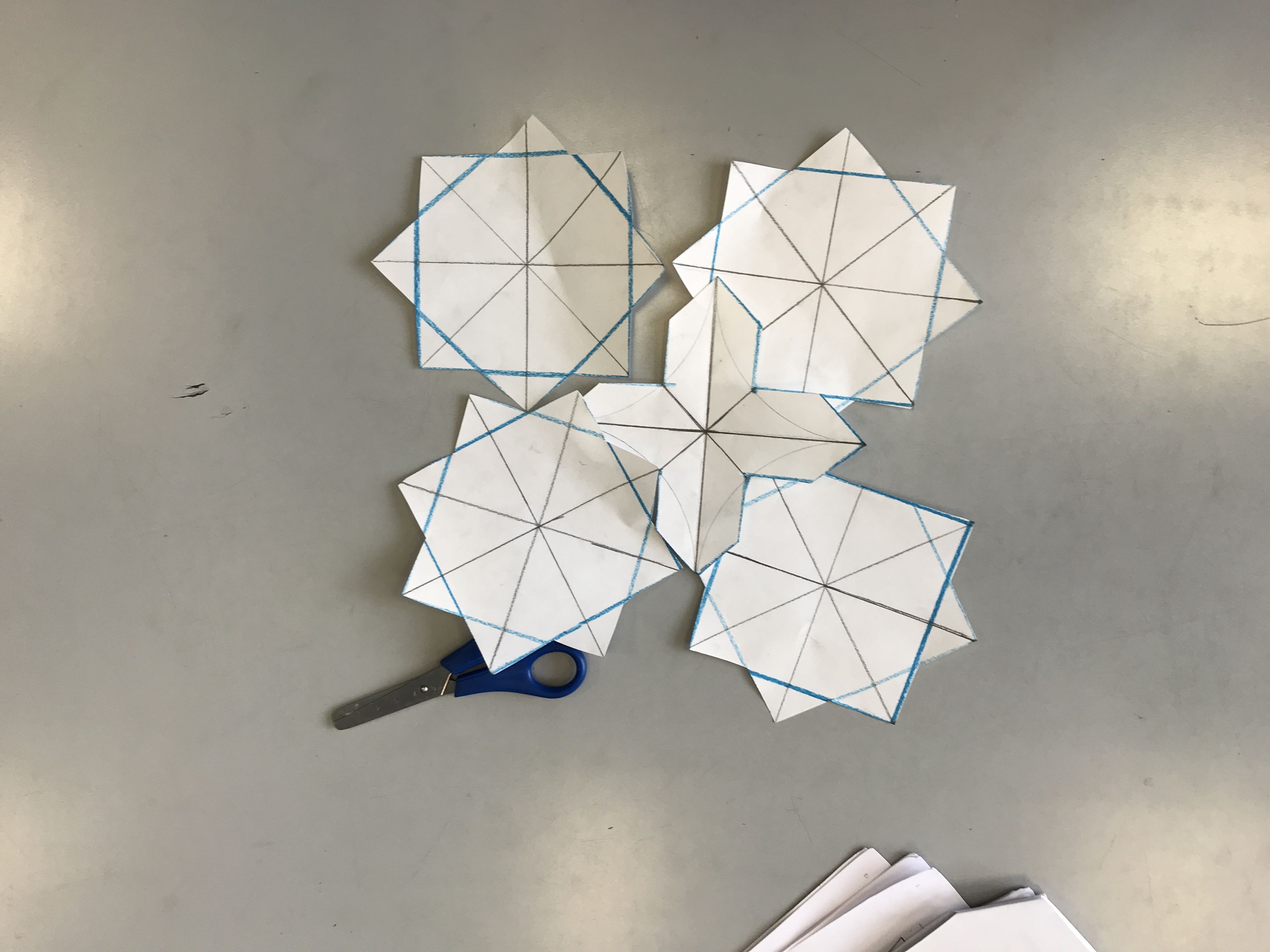
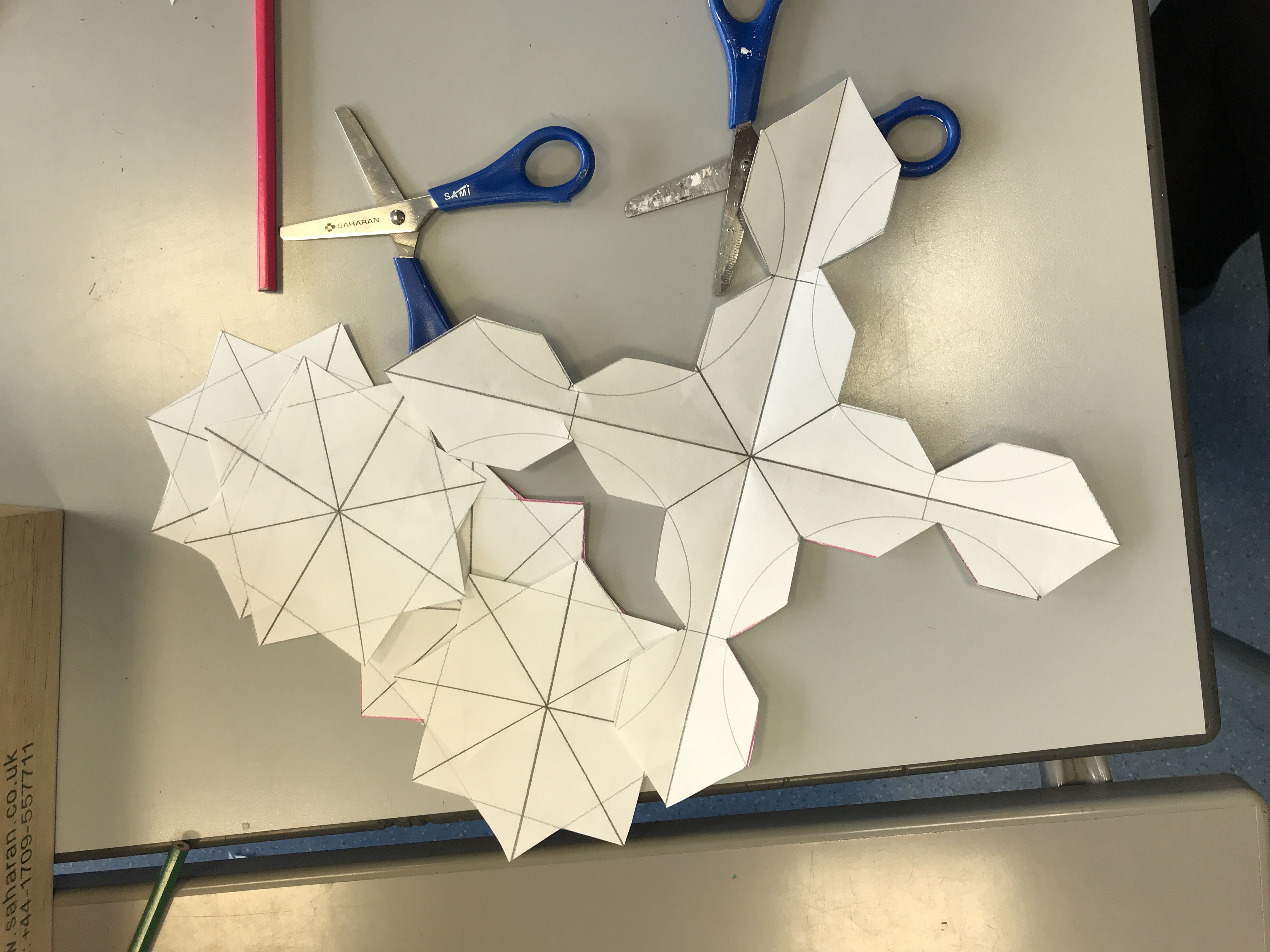
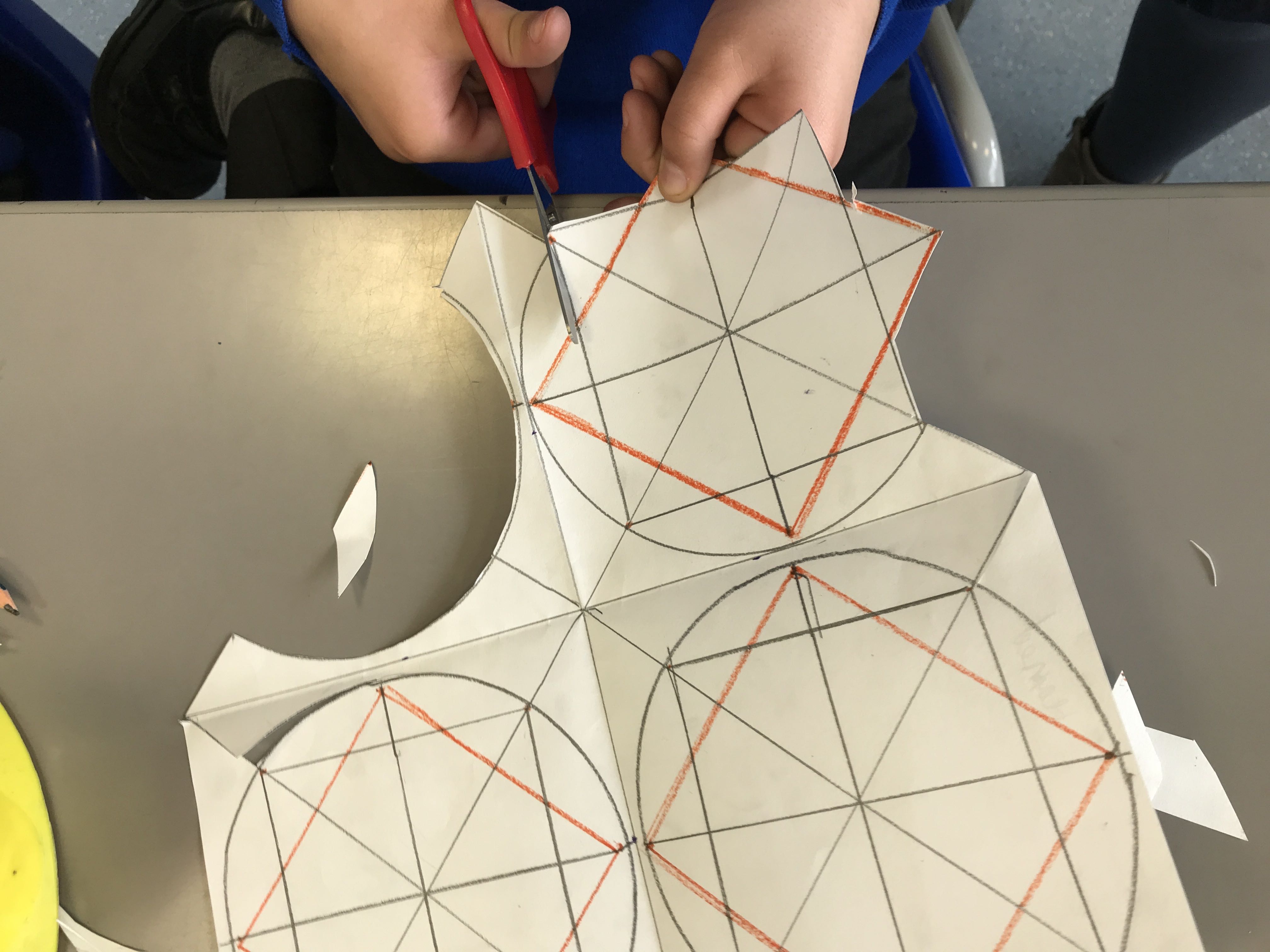
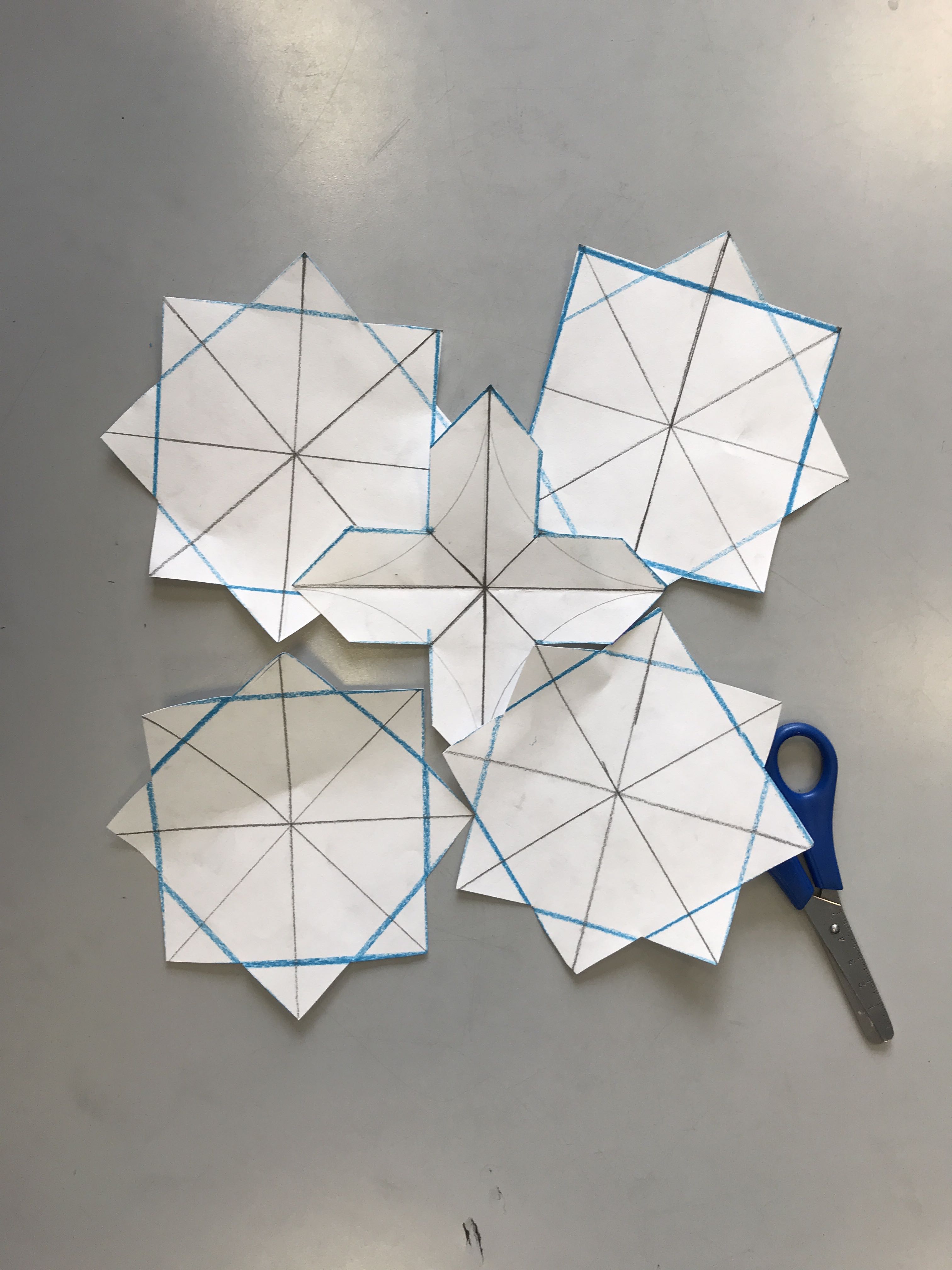
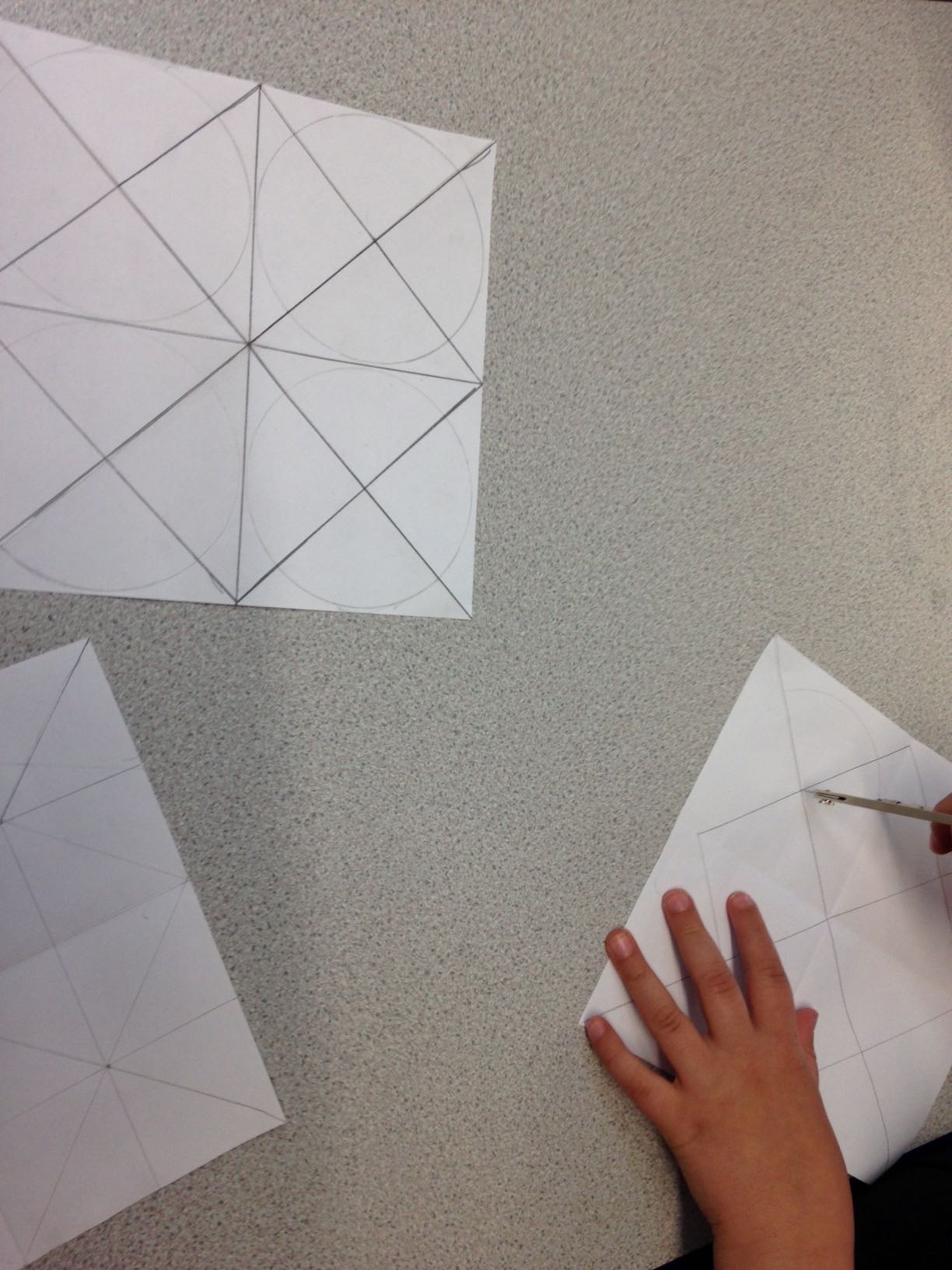
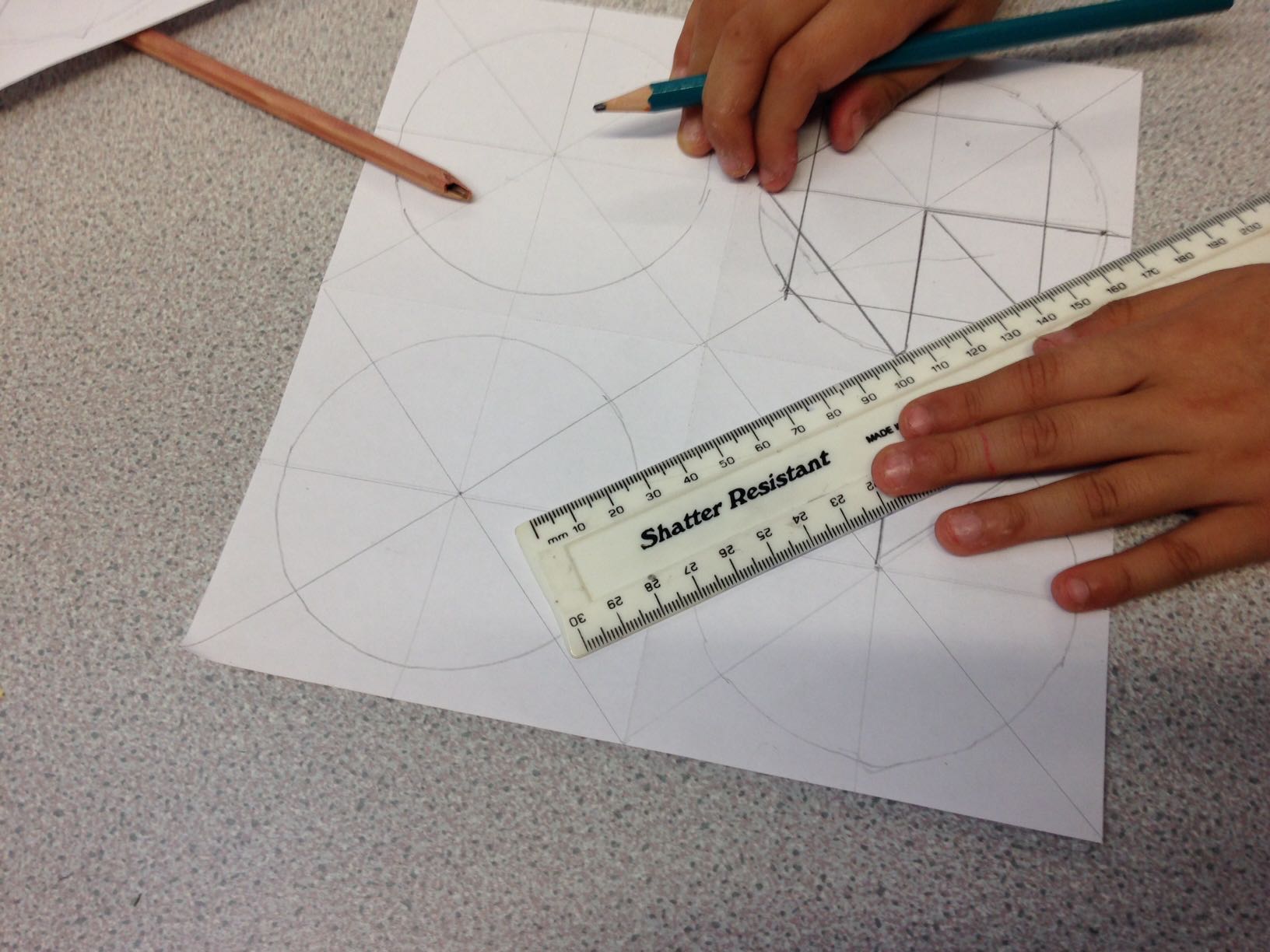
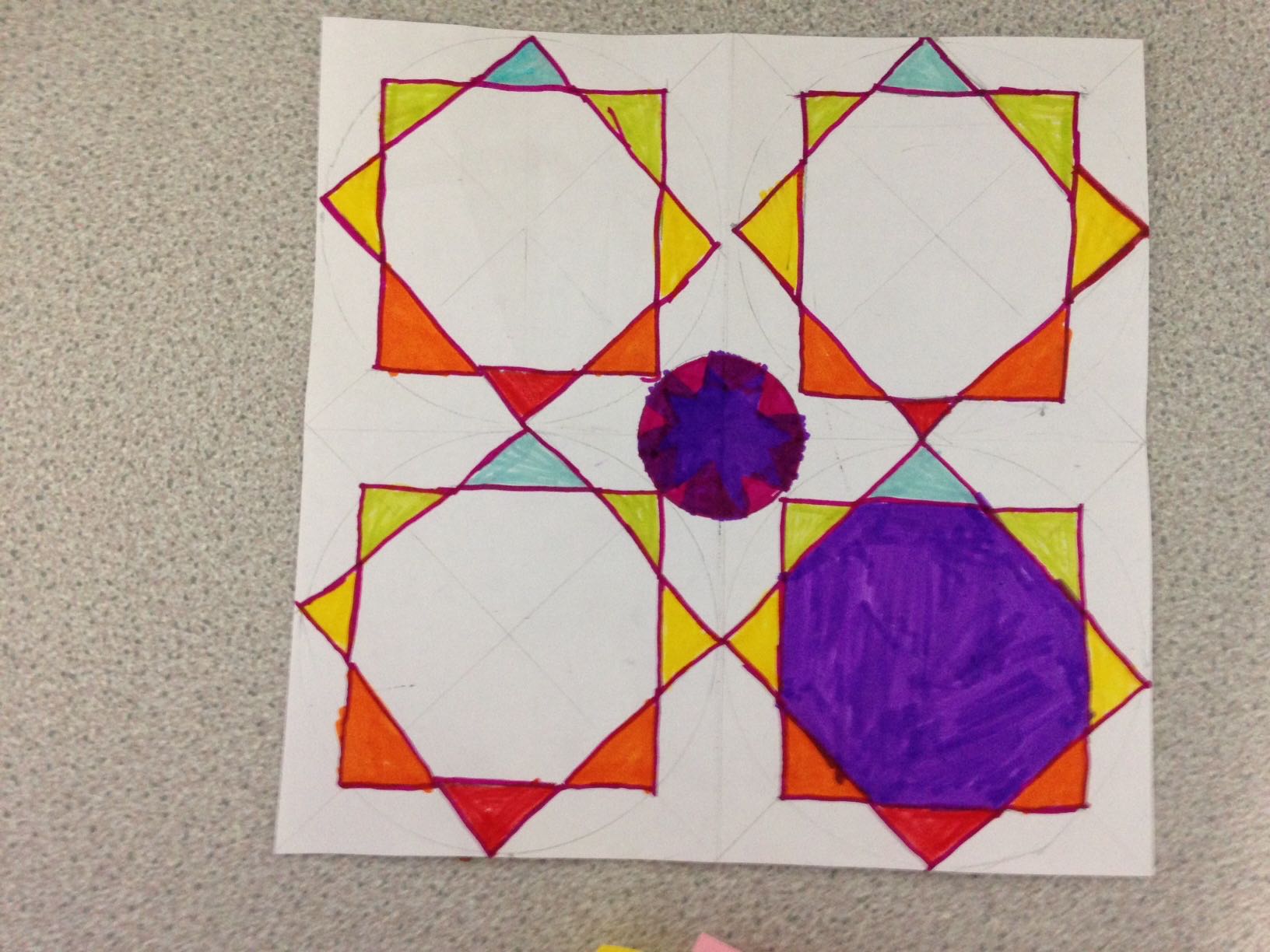
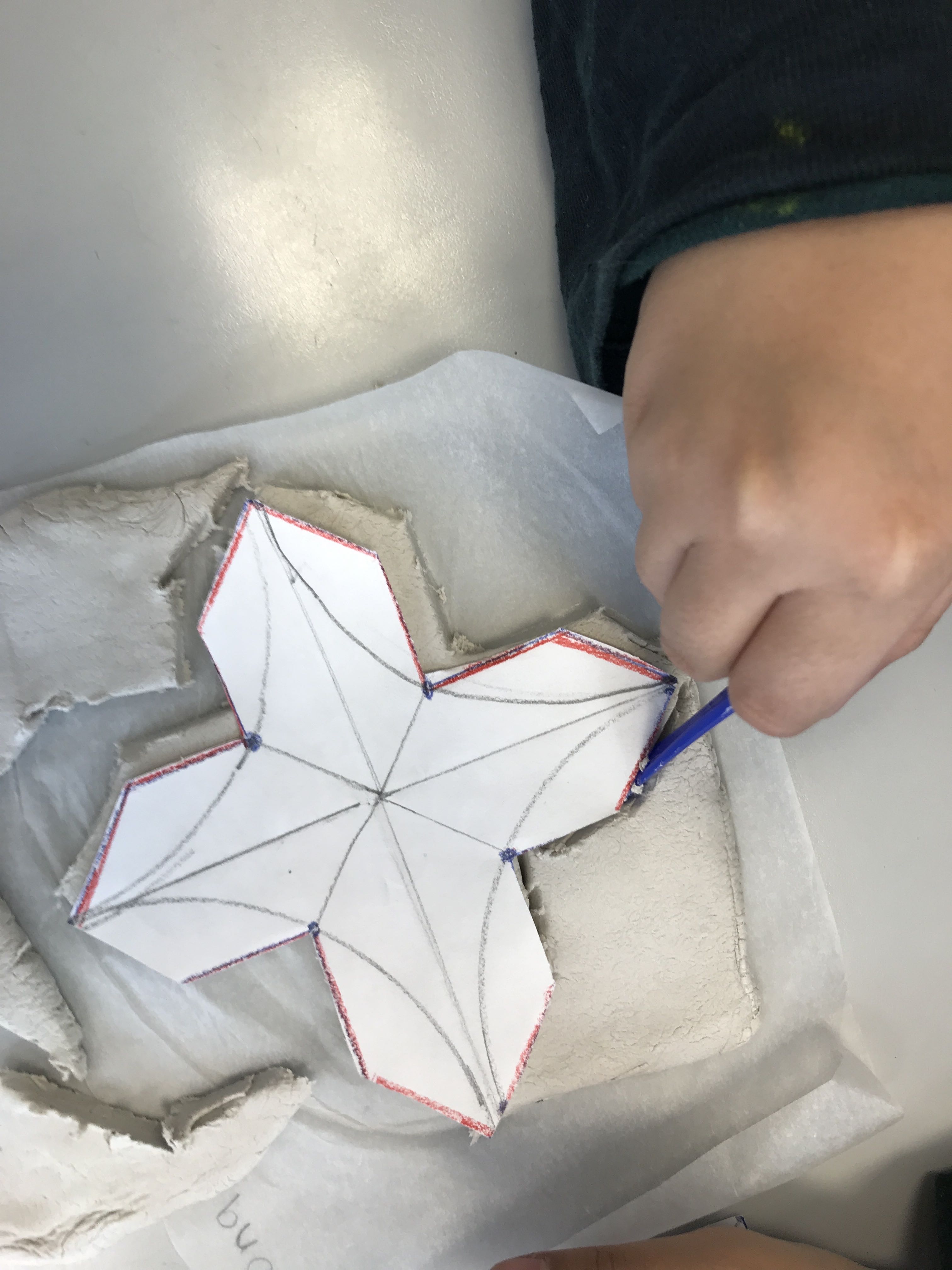
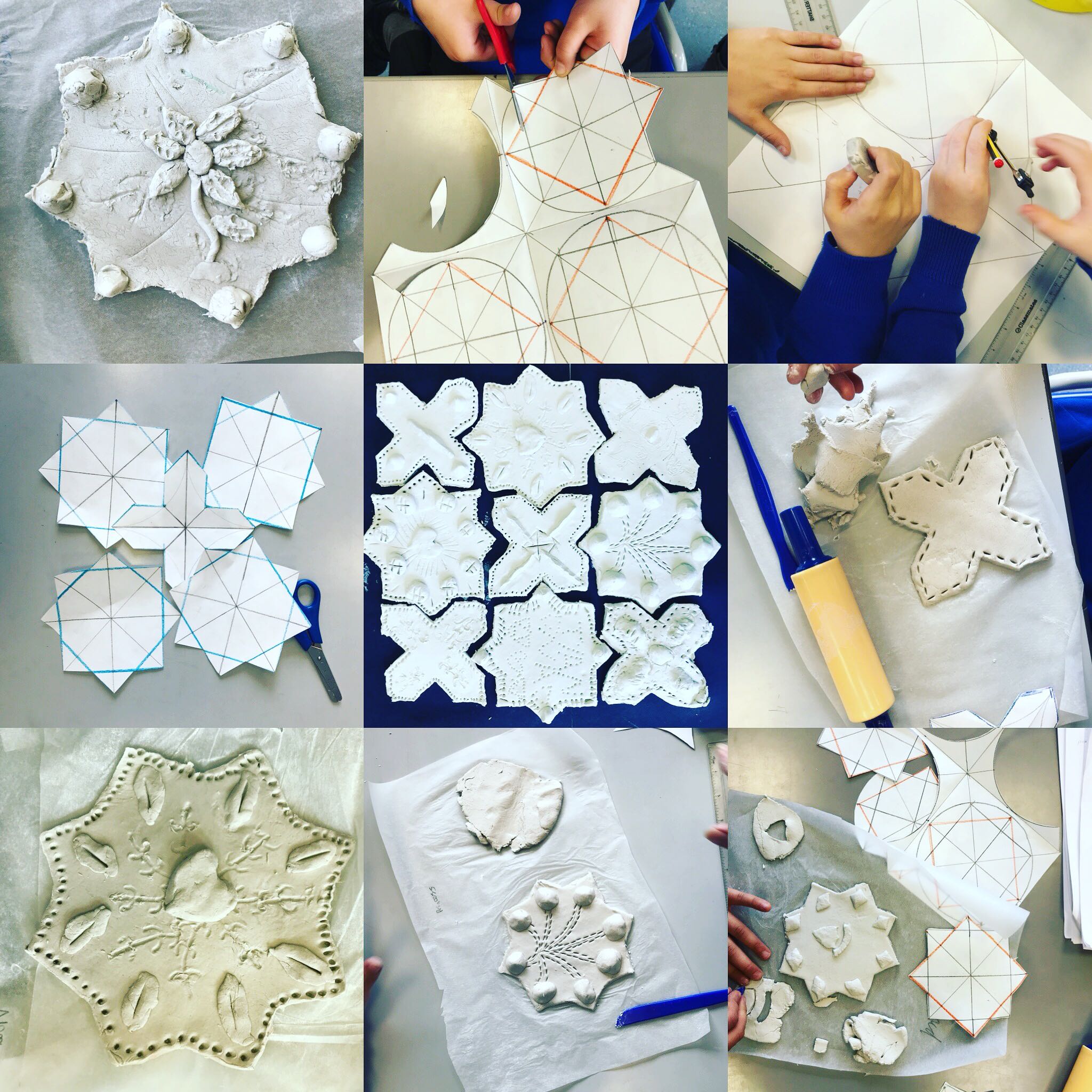
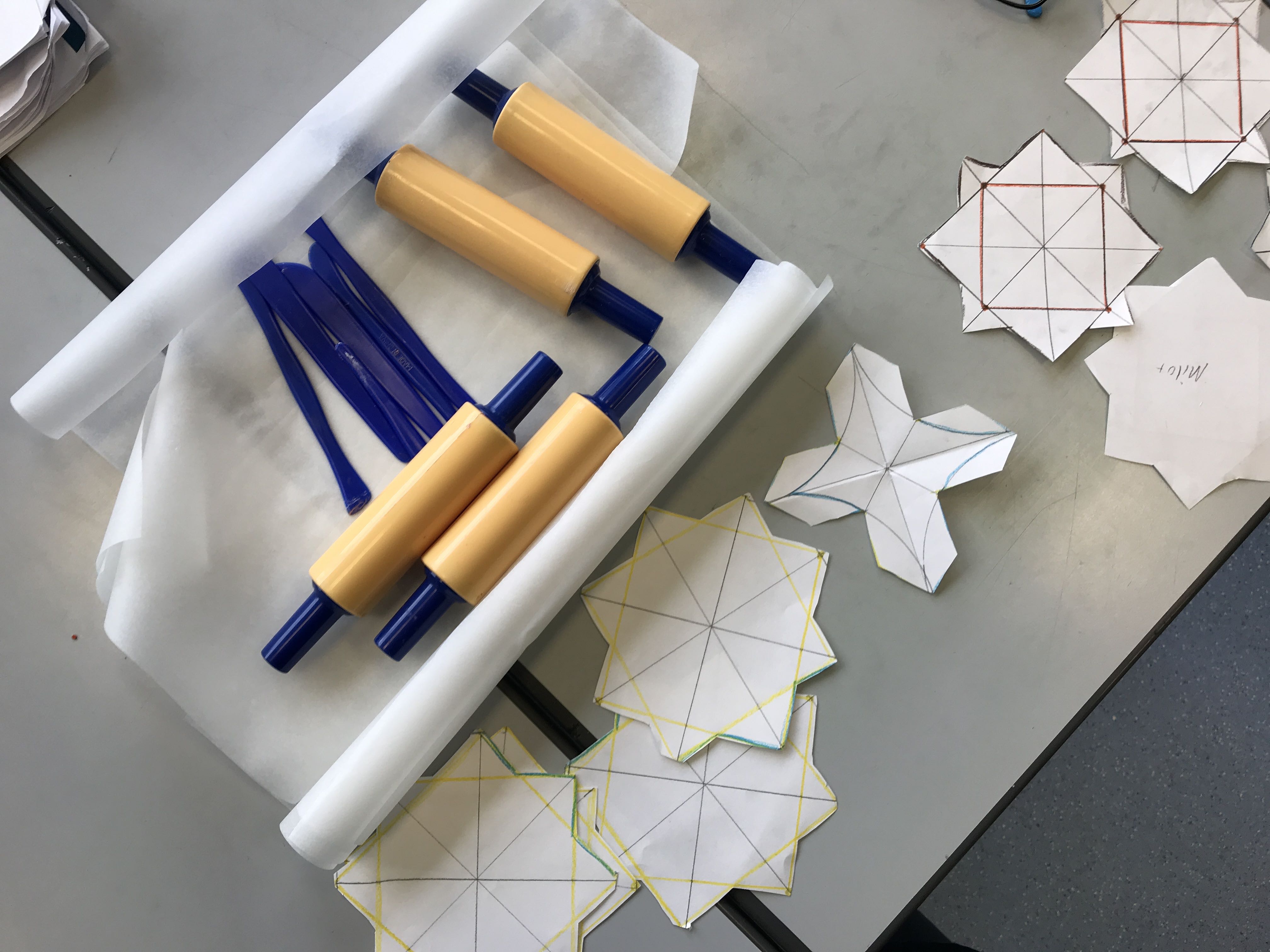
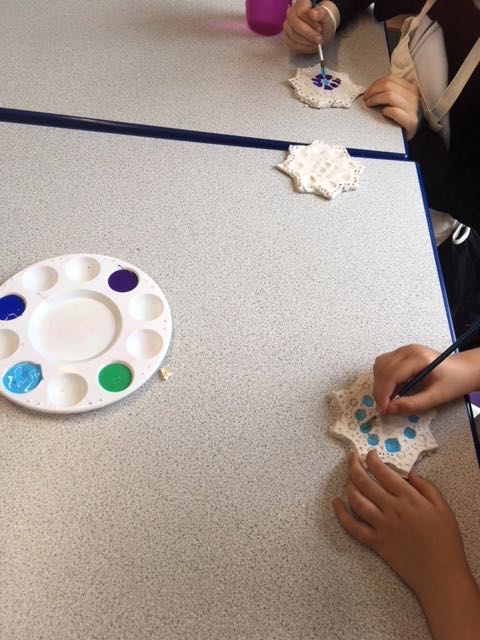
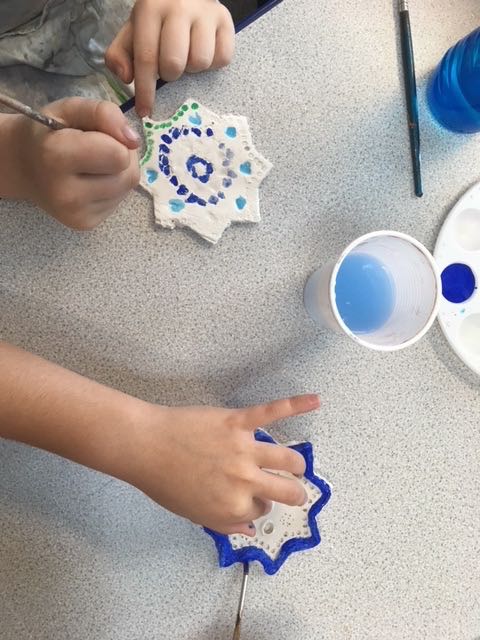
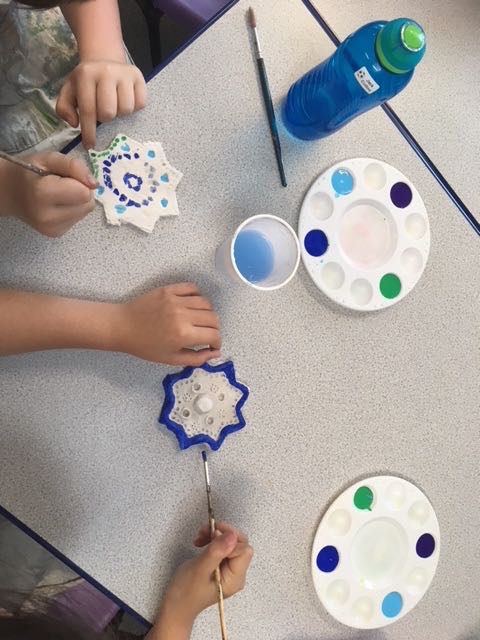
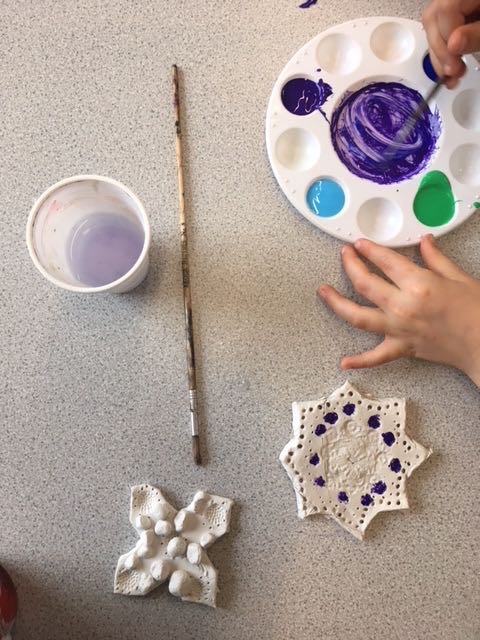
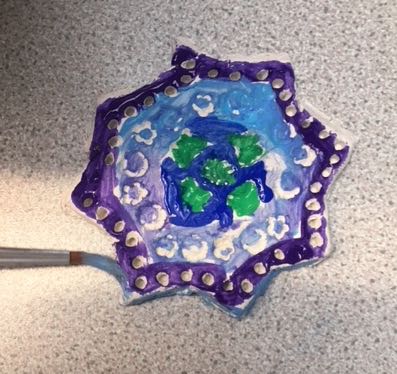
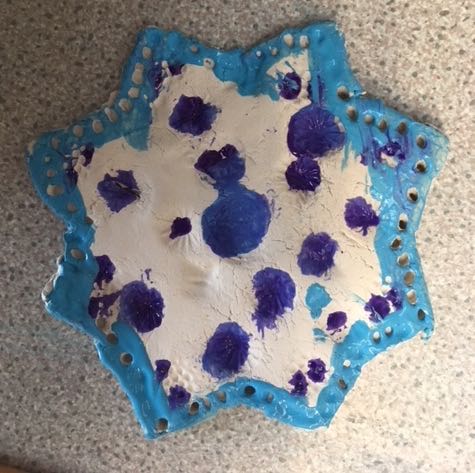
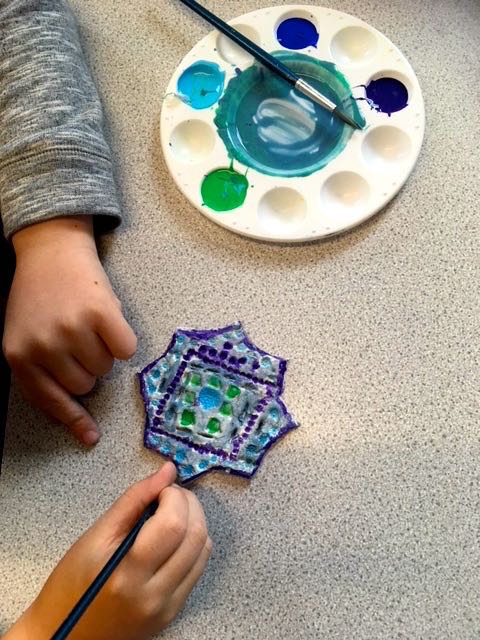
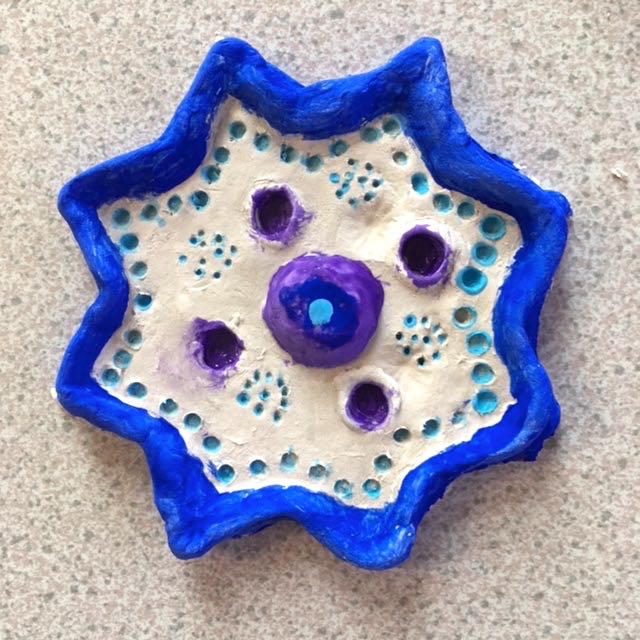
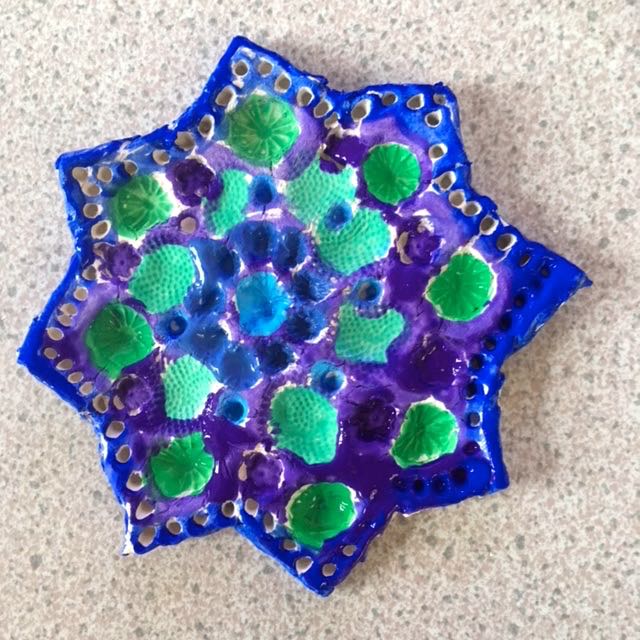
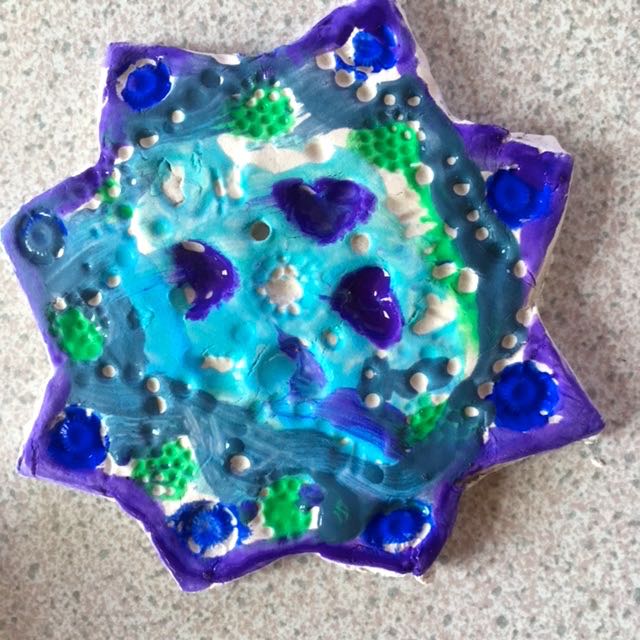
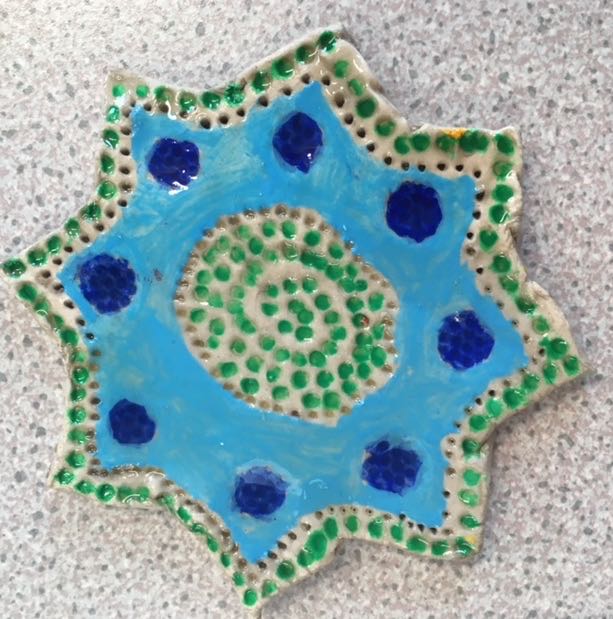
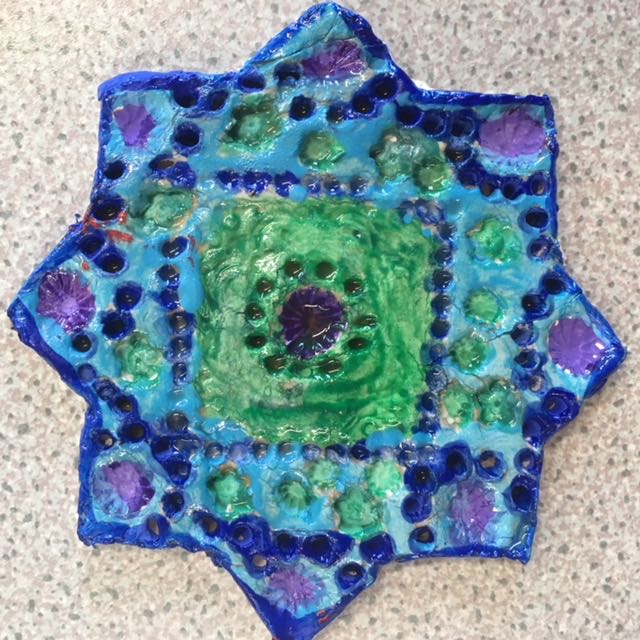
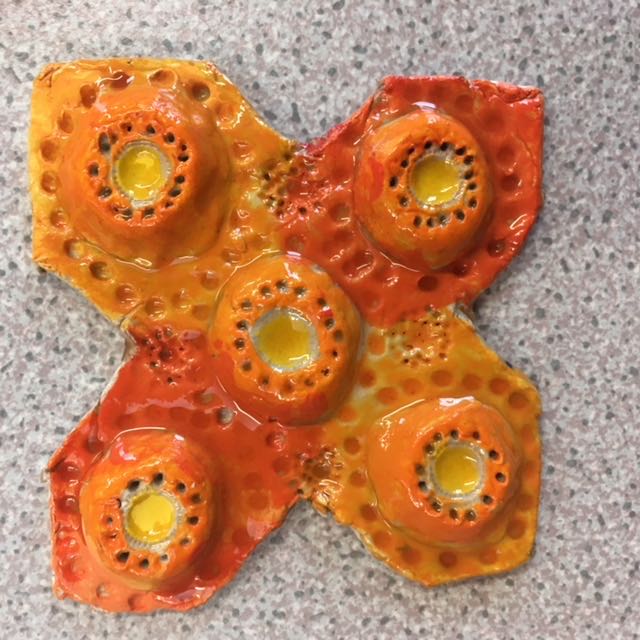
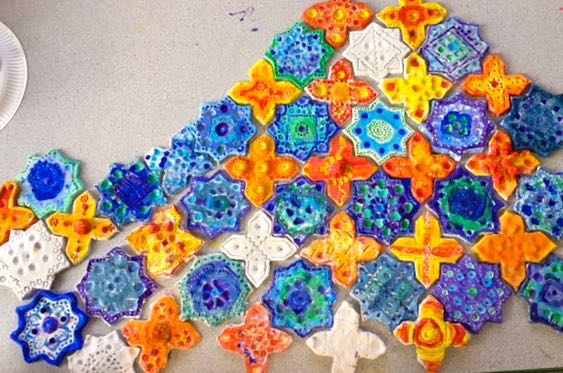
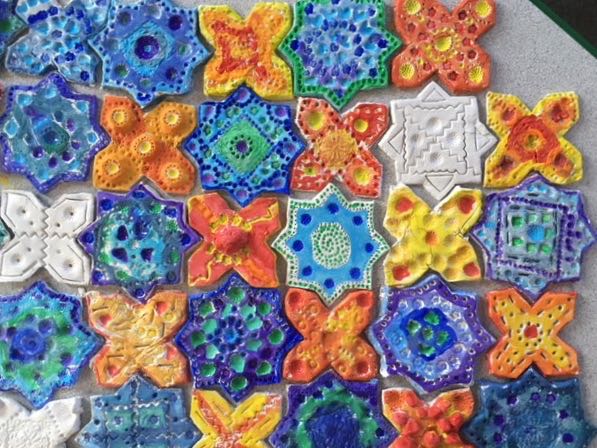
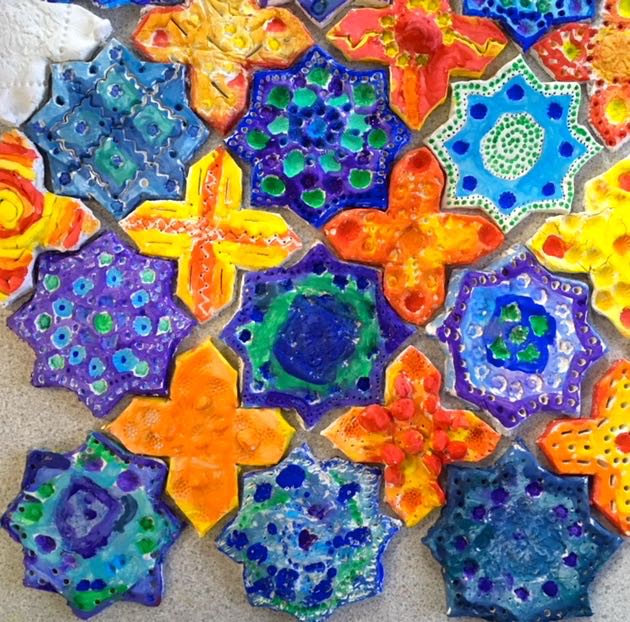
 Join Us On Facebook
Join Us On Facebook Join Us On Twitter
Join Us On Twitter Join Us On In.com
Join Us On In.com Subscribe to Our Blog
Subscribe to Our Blog